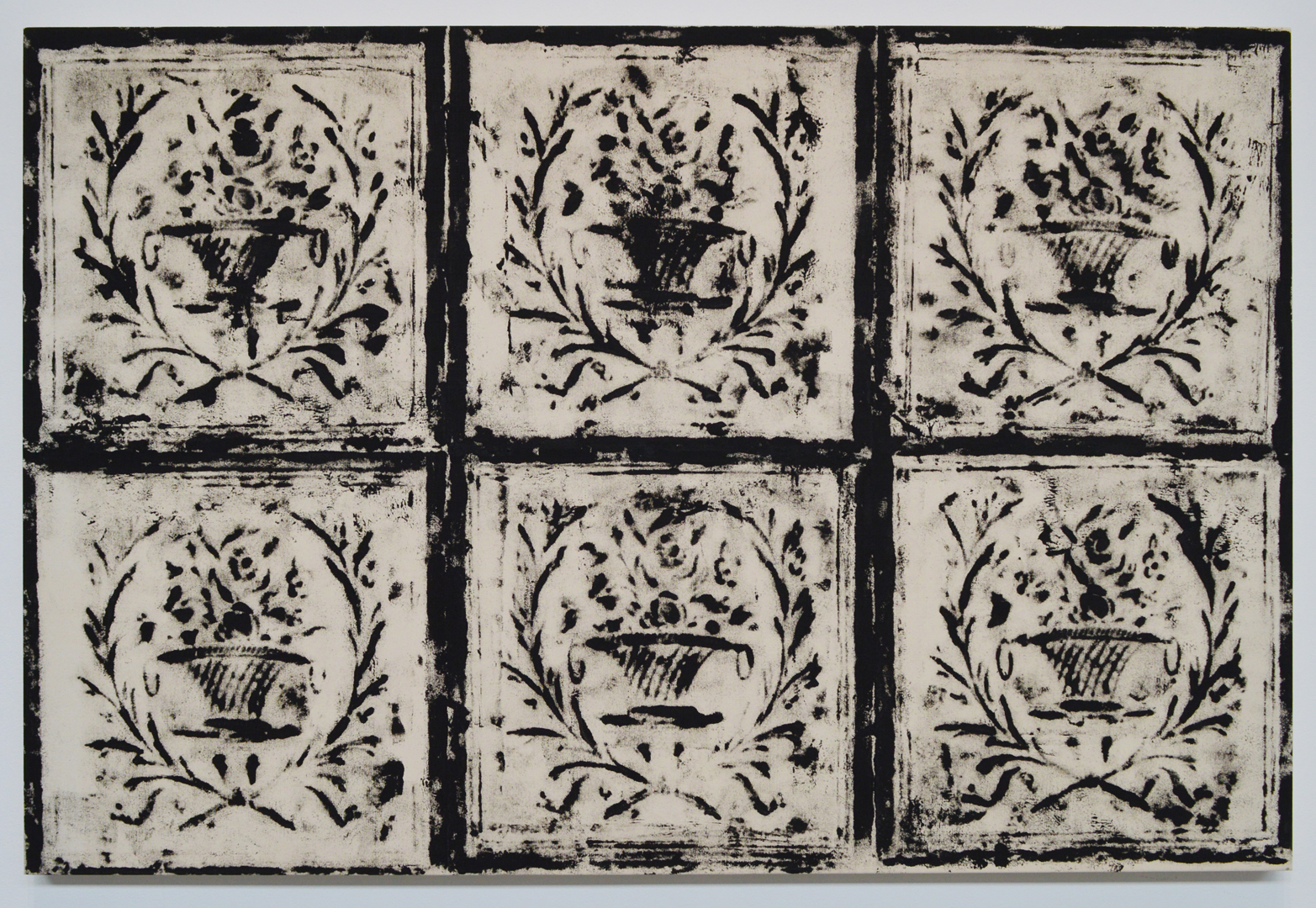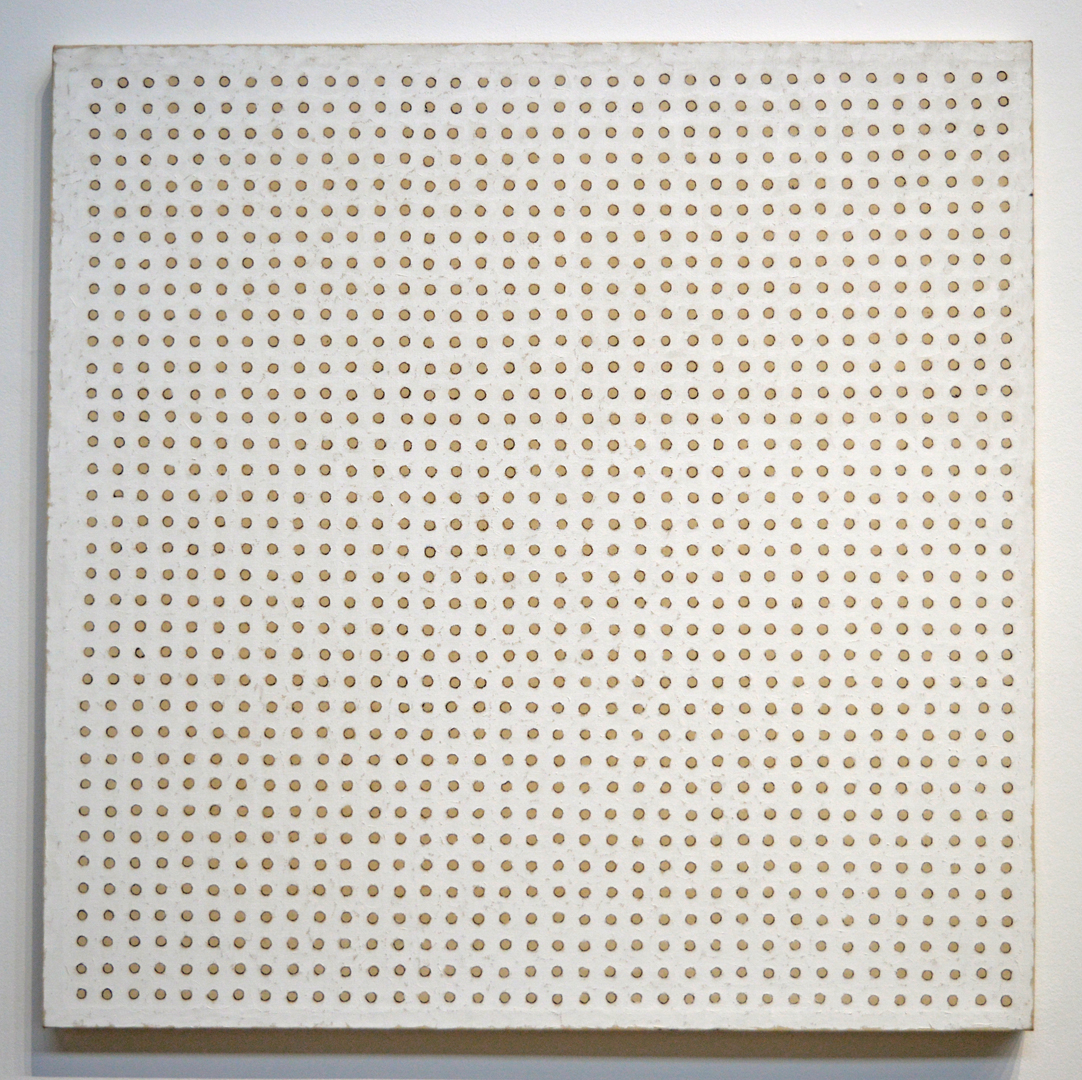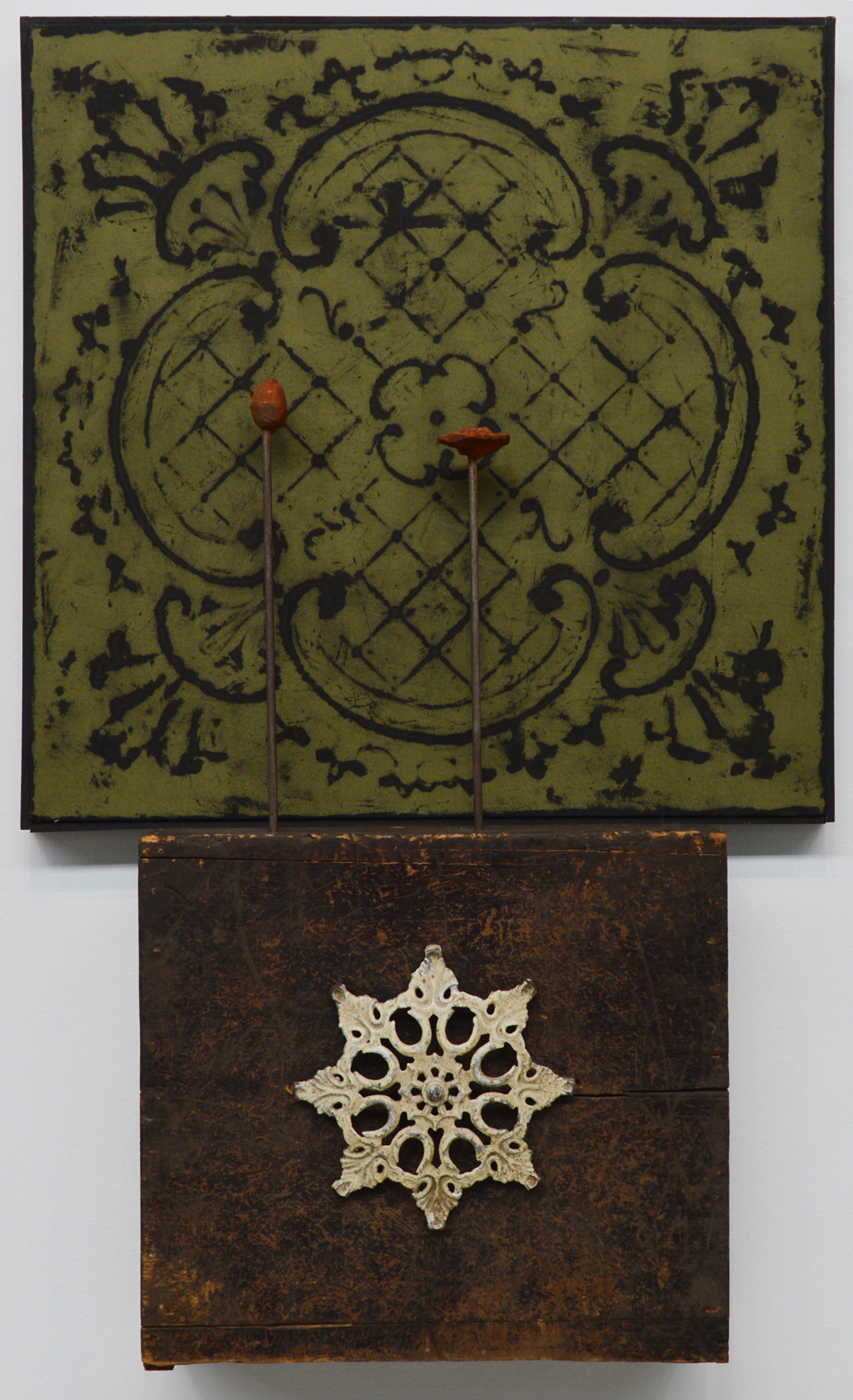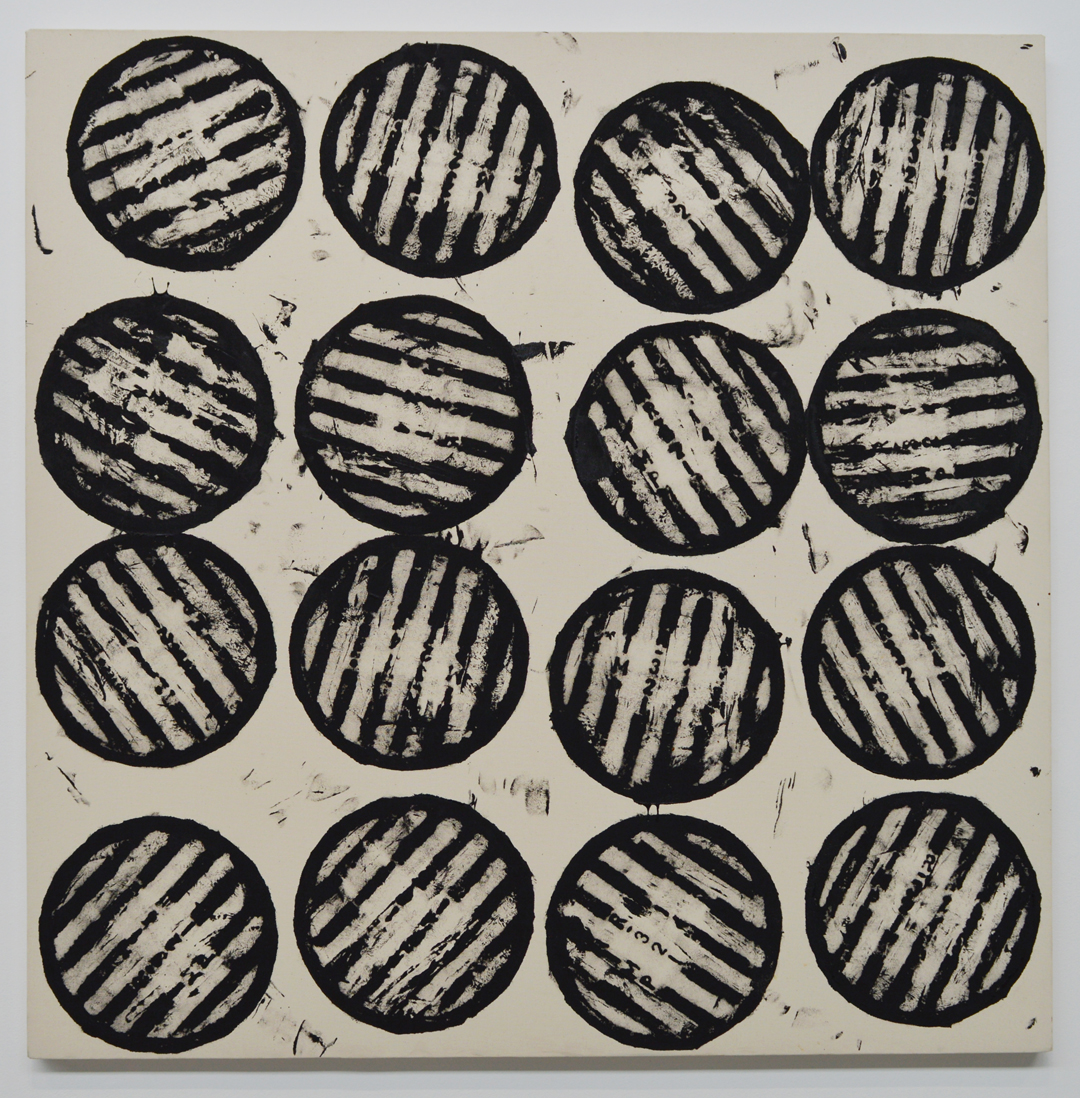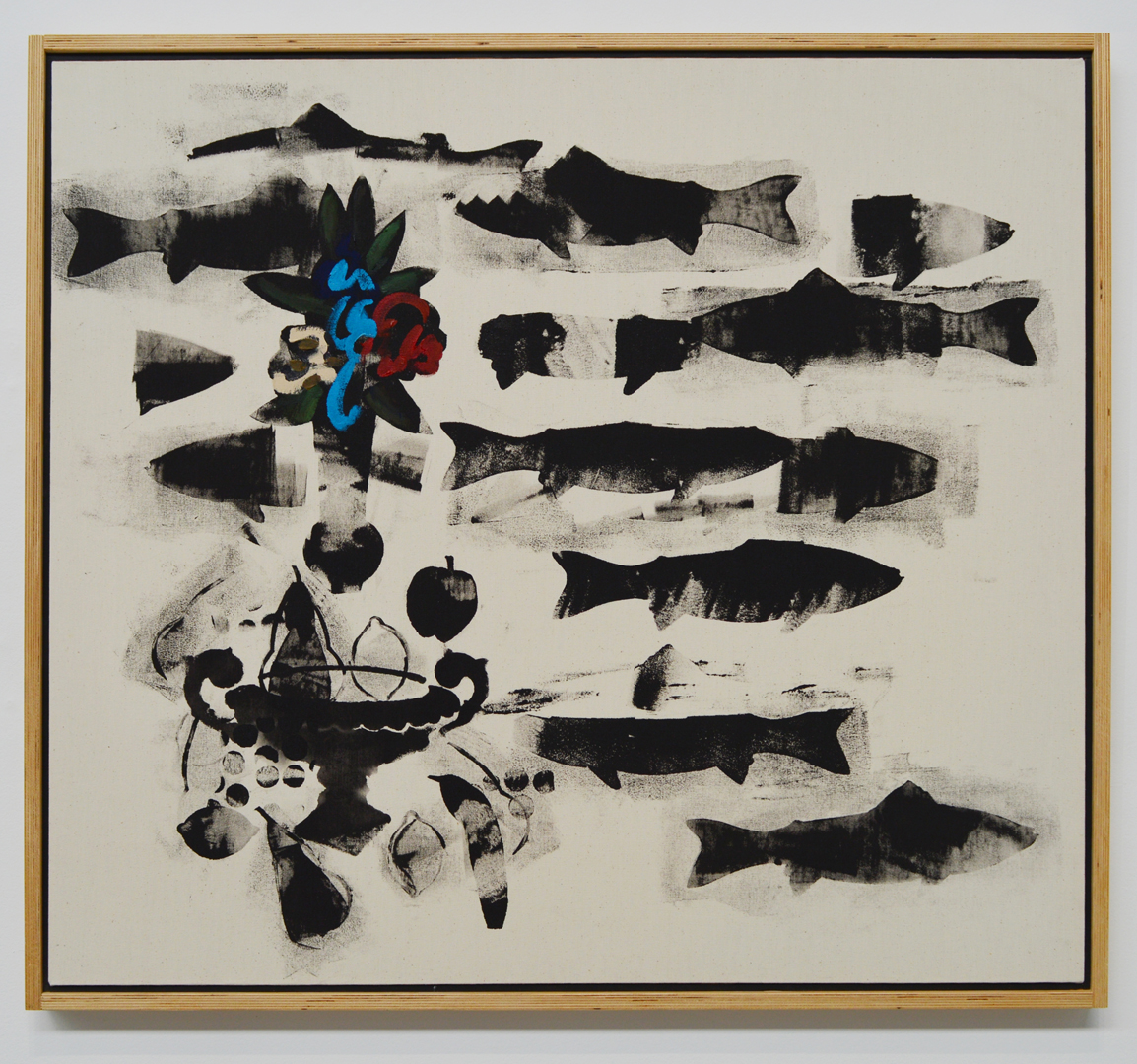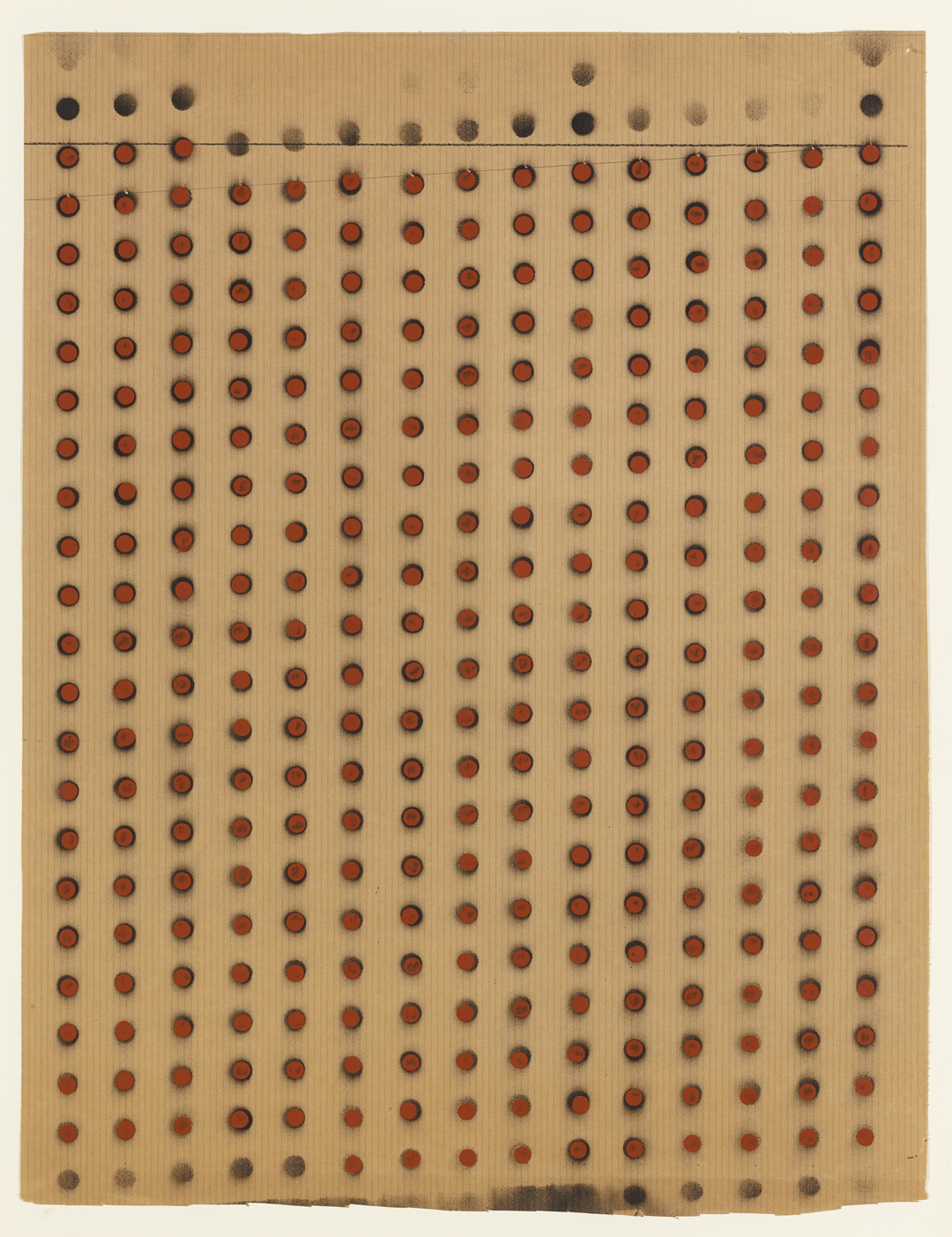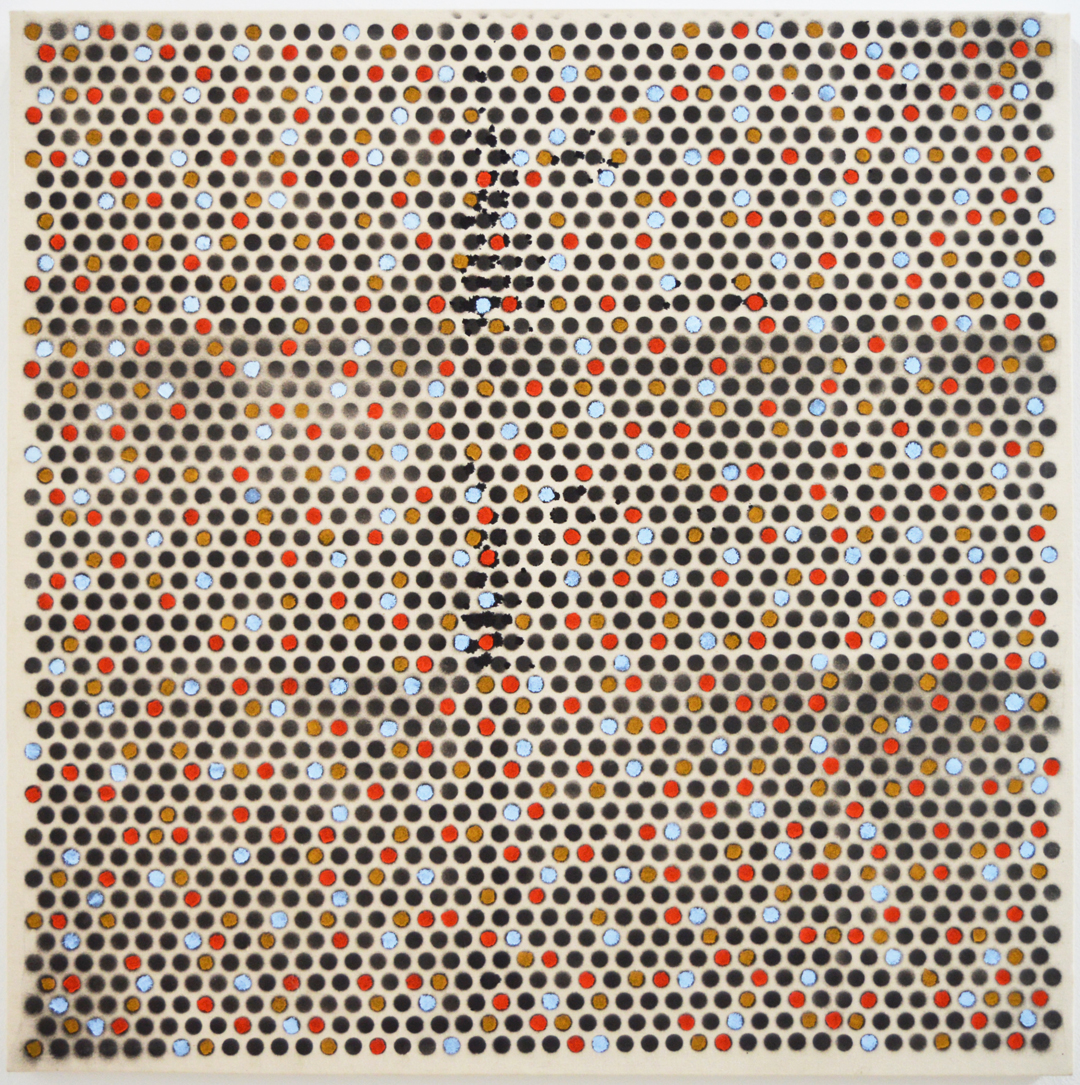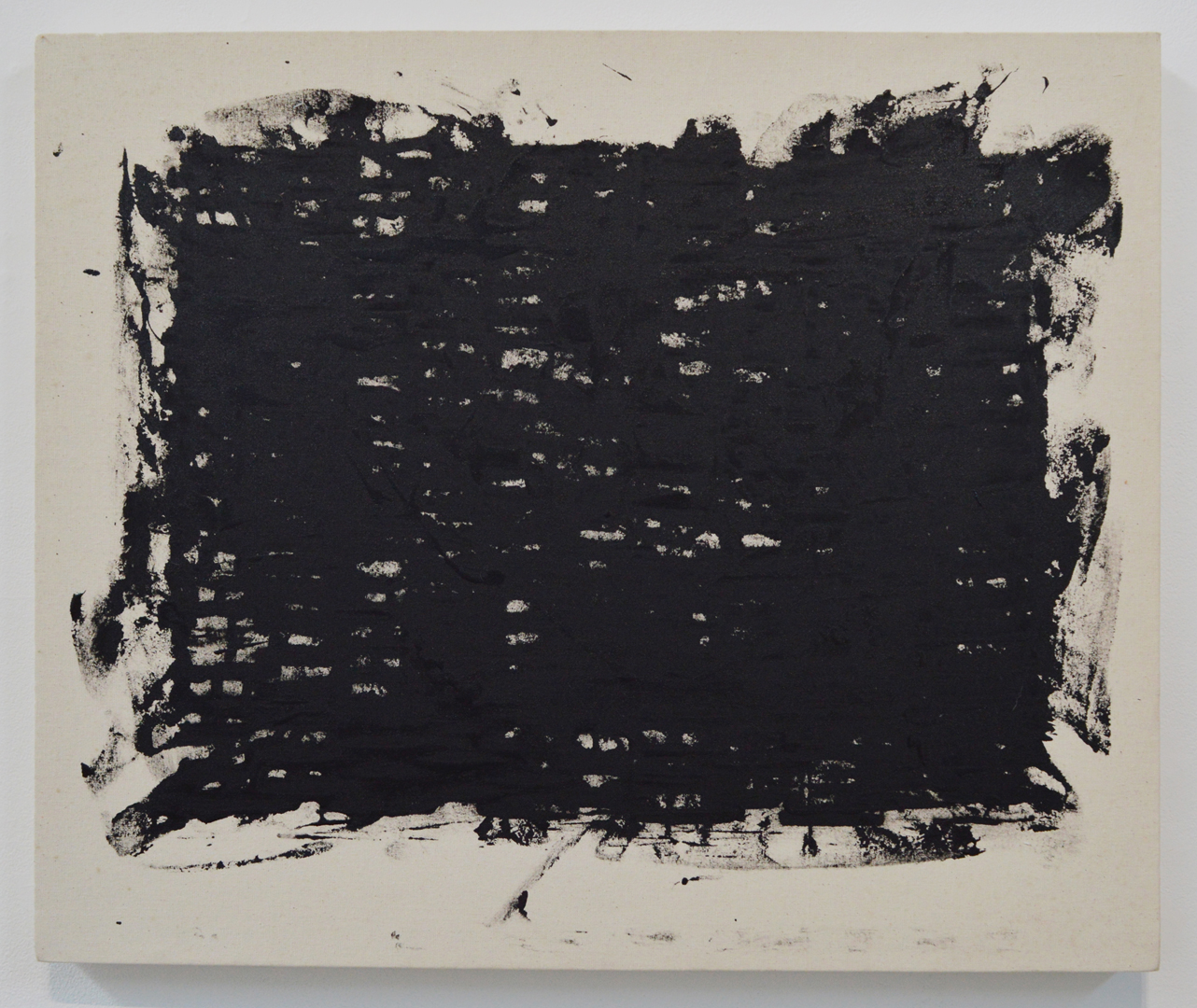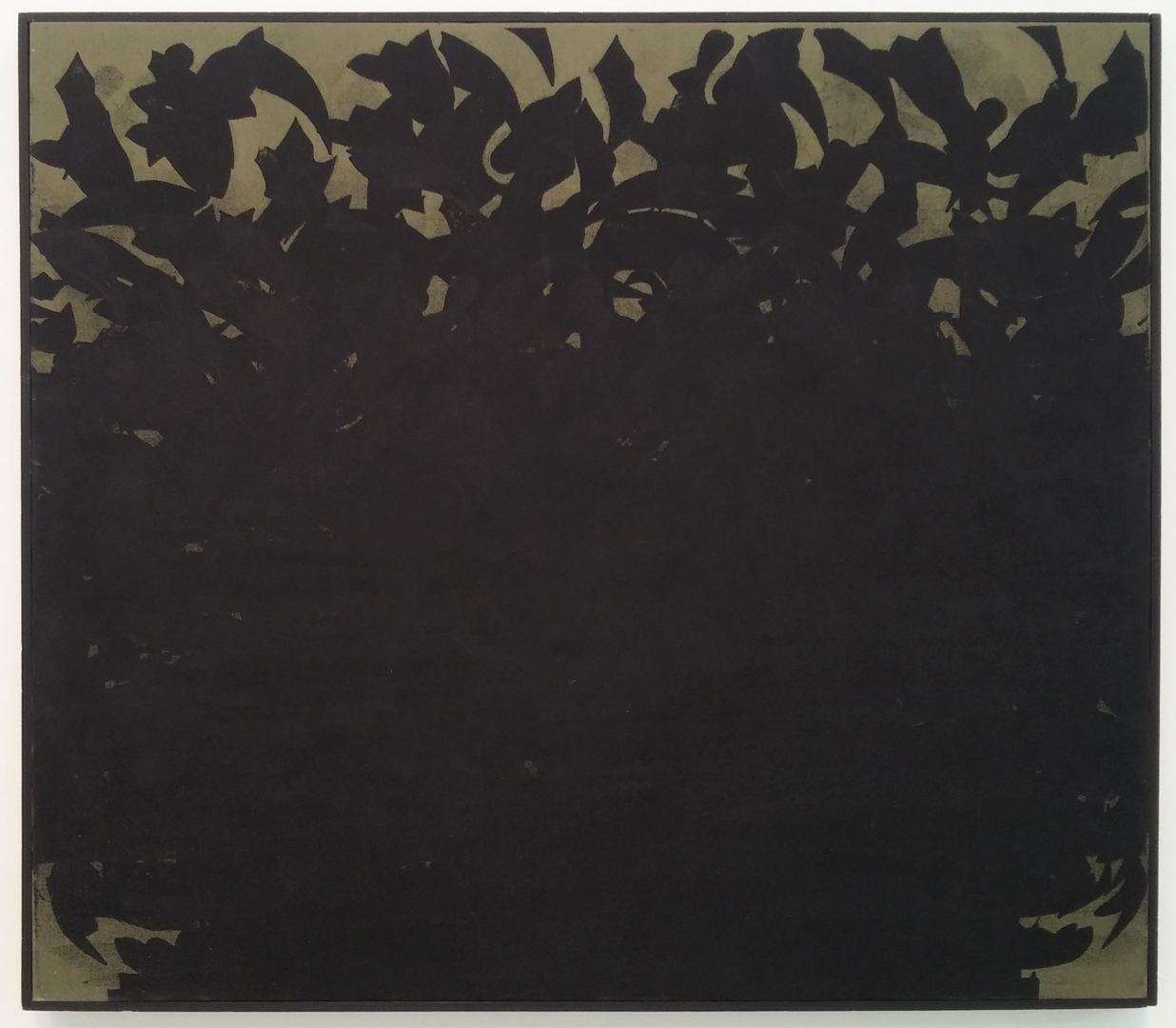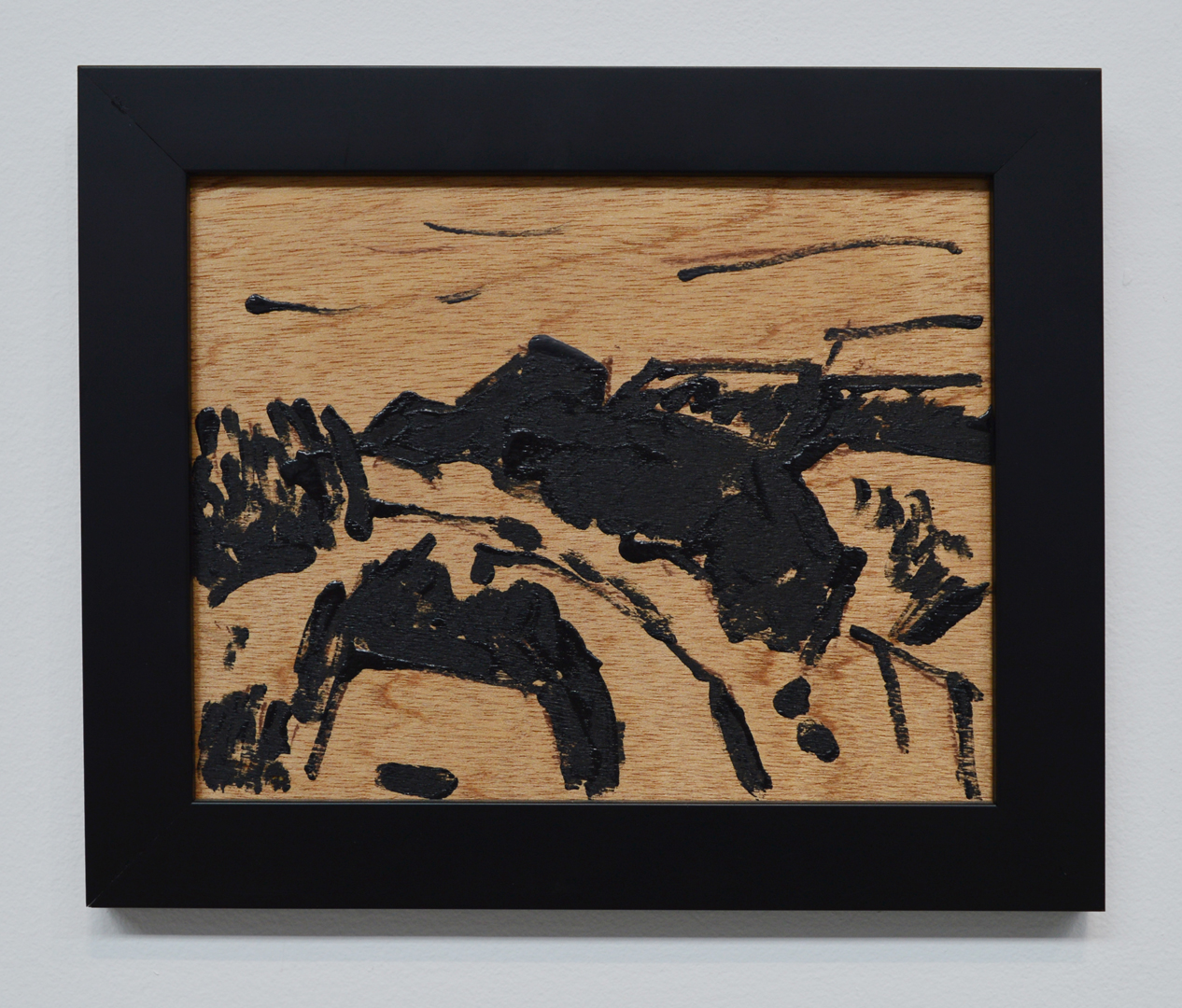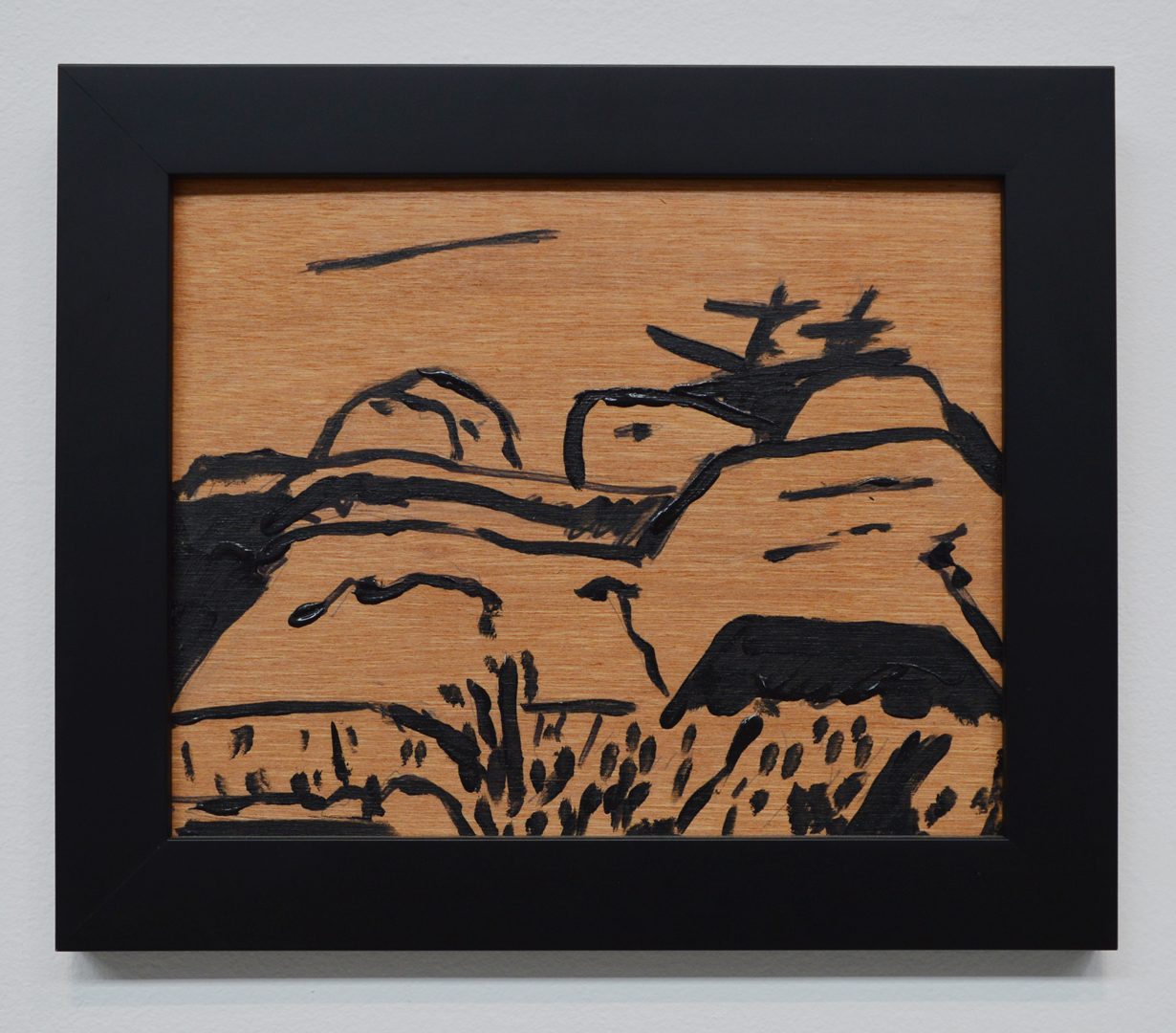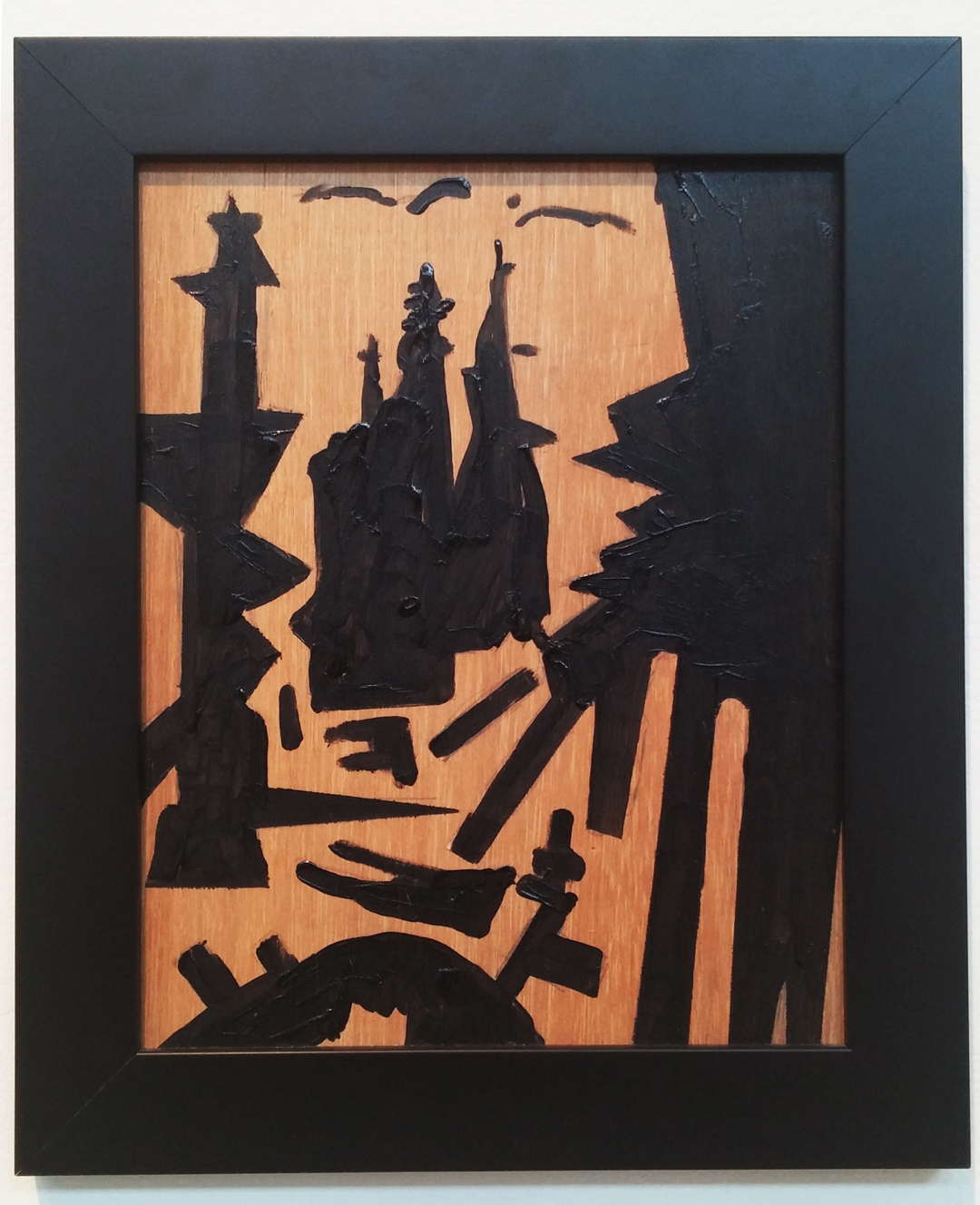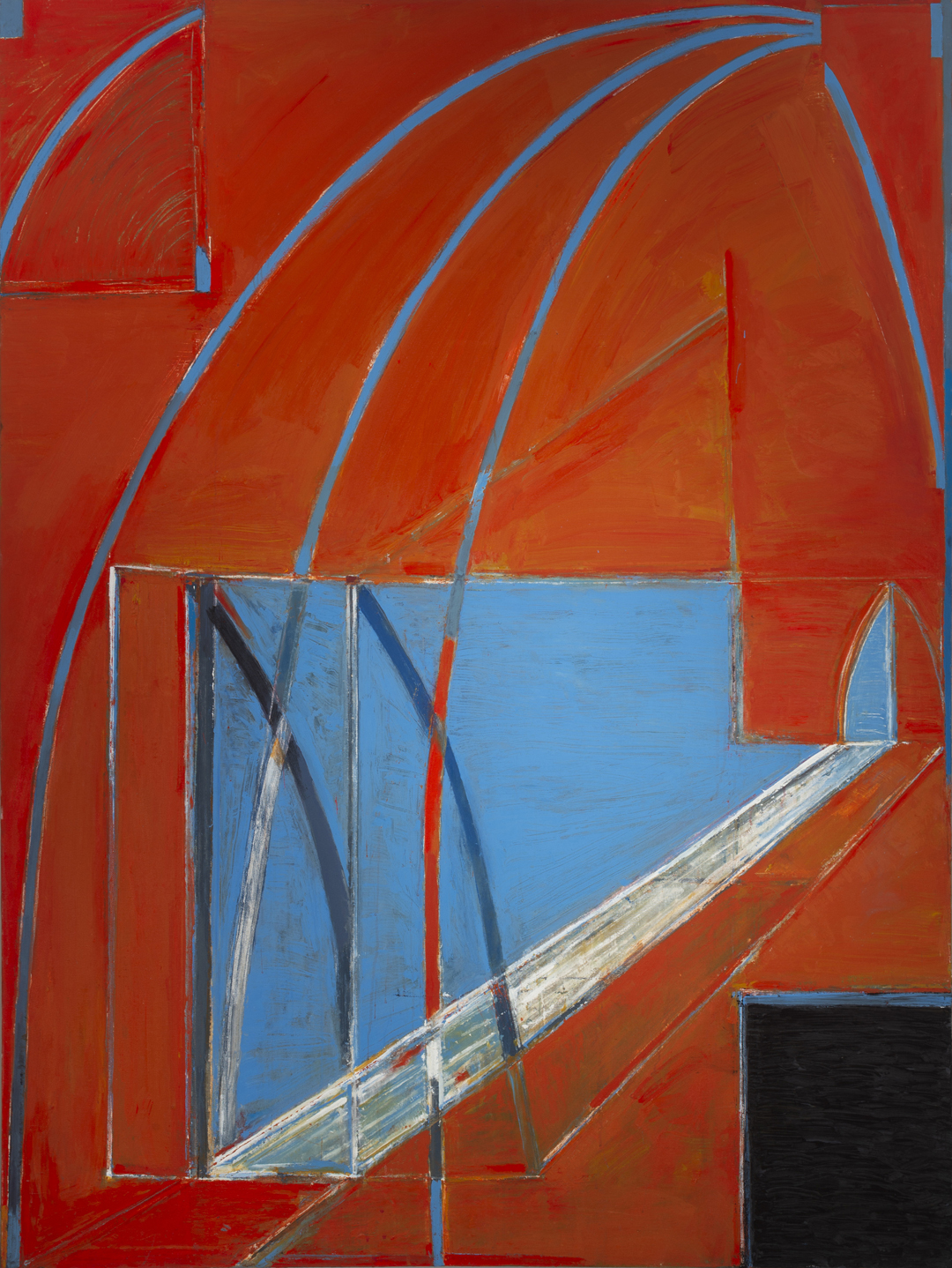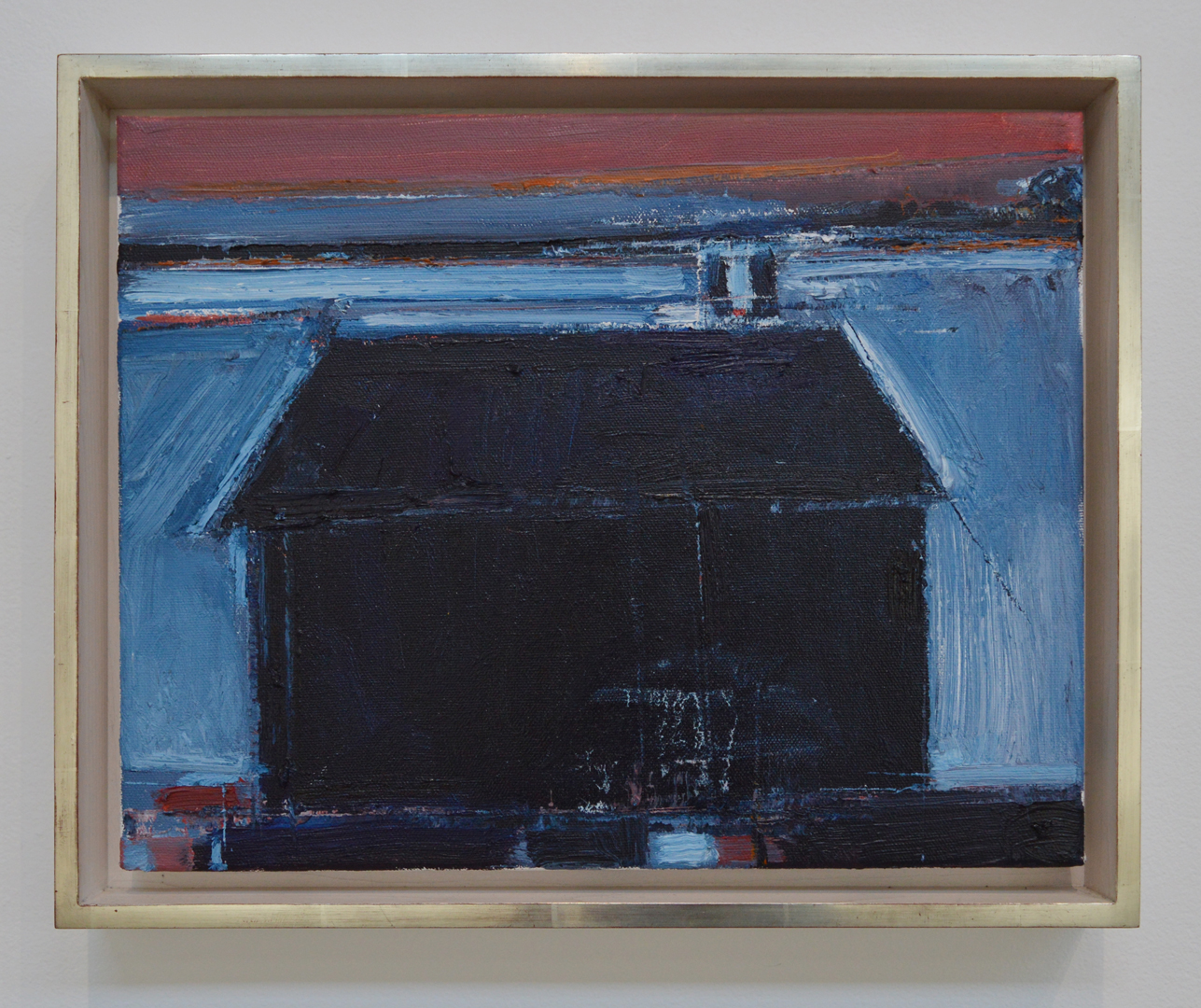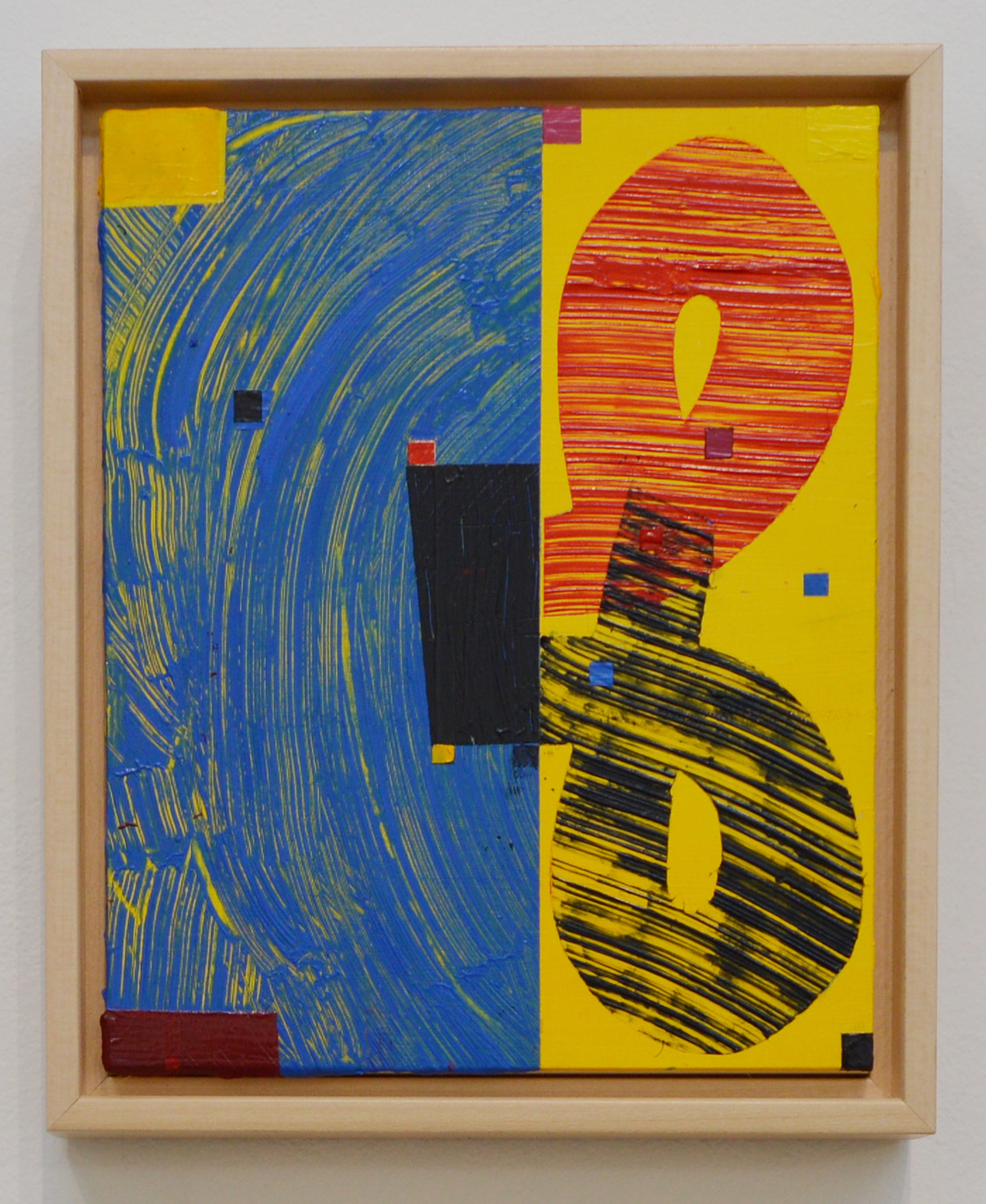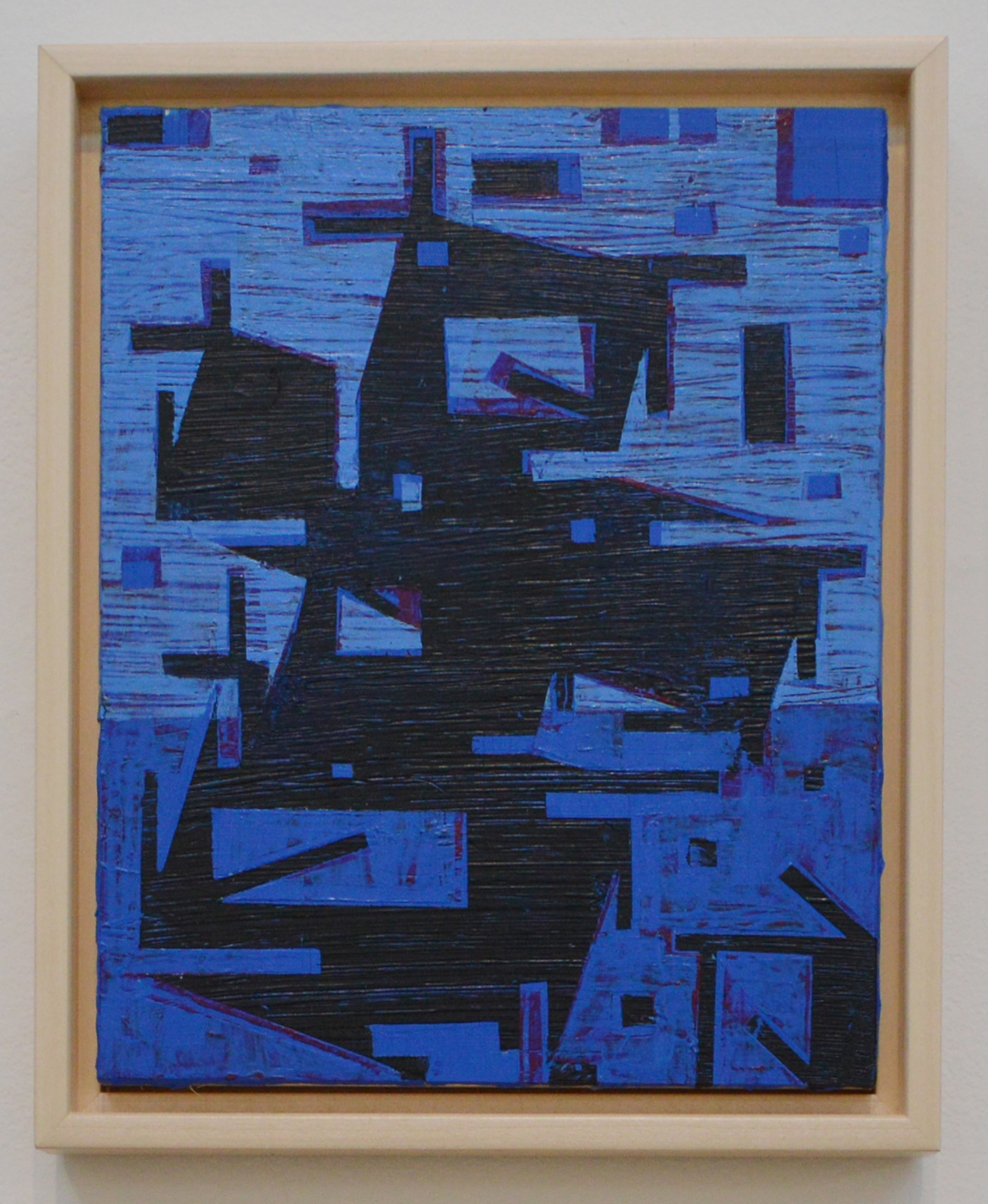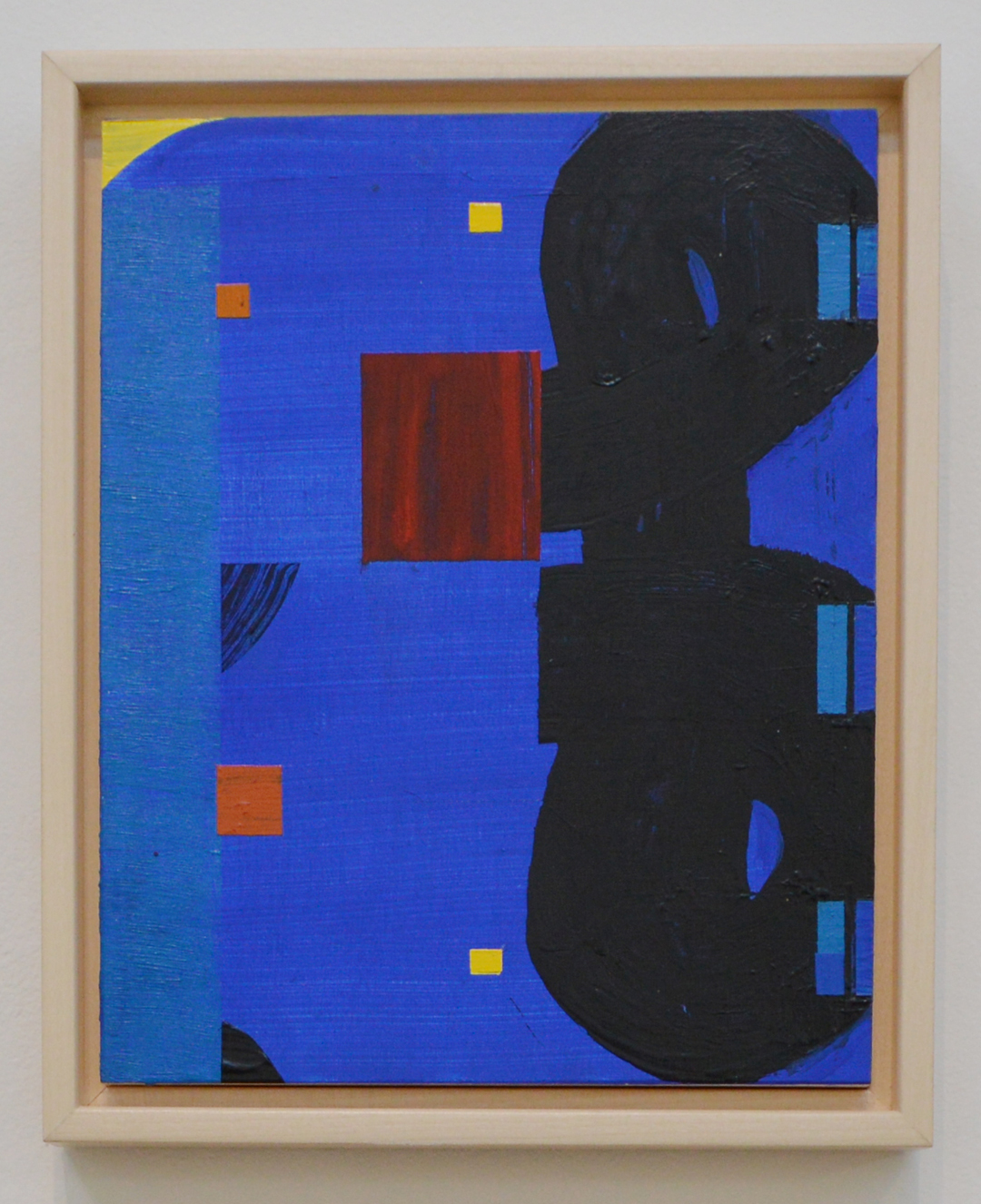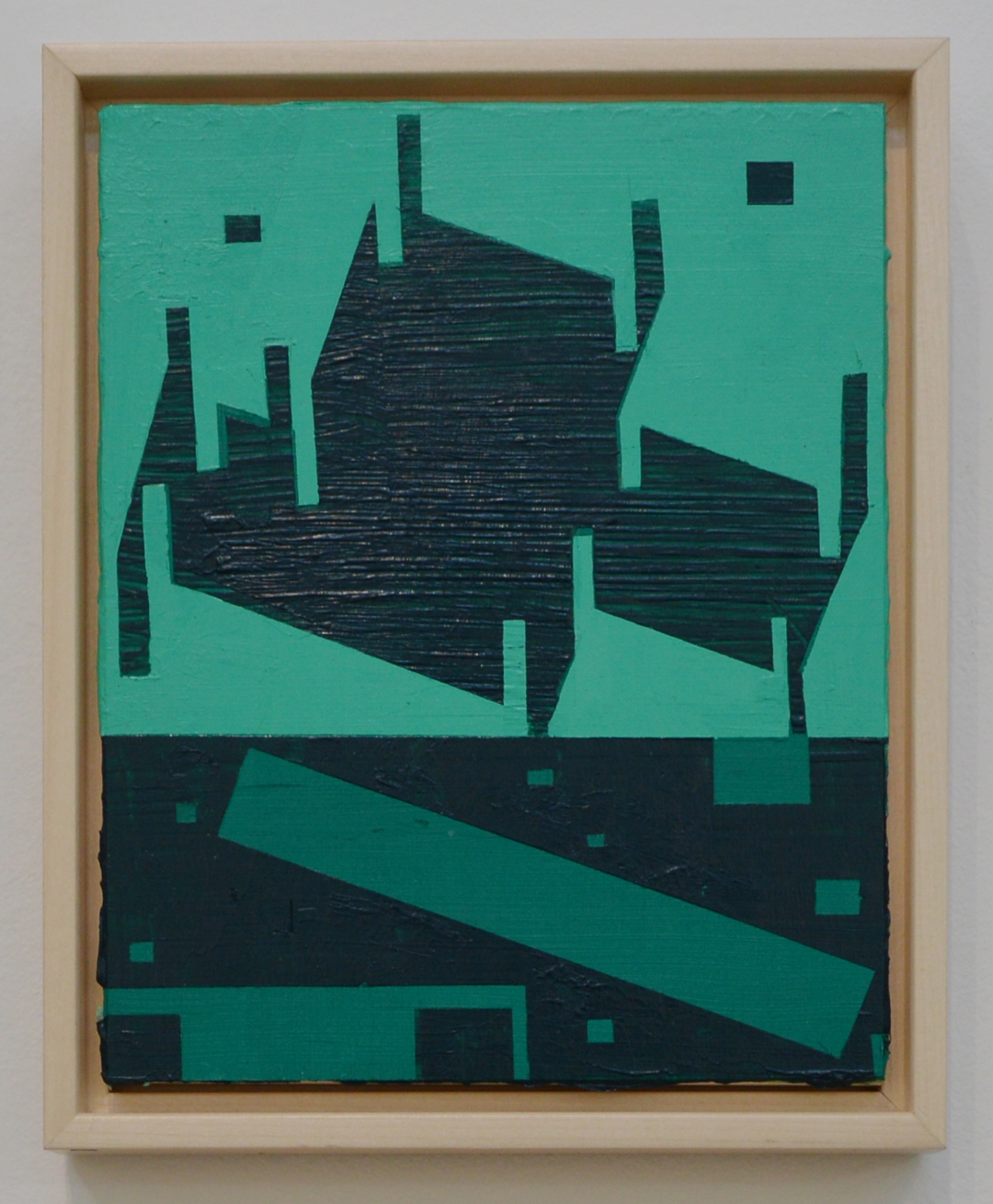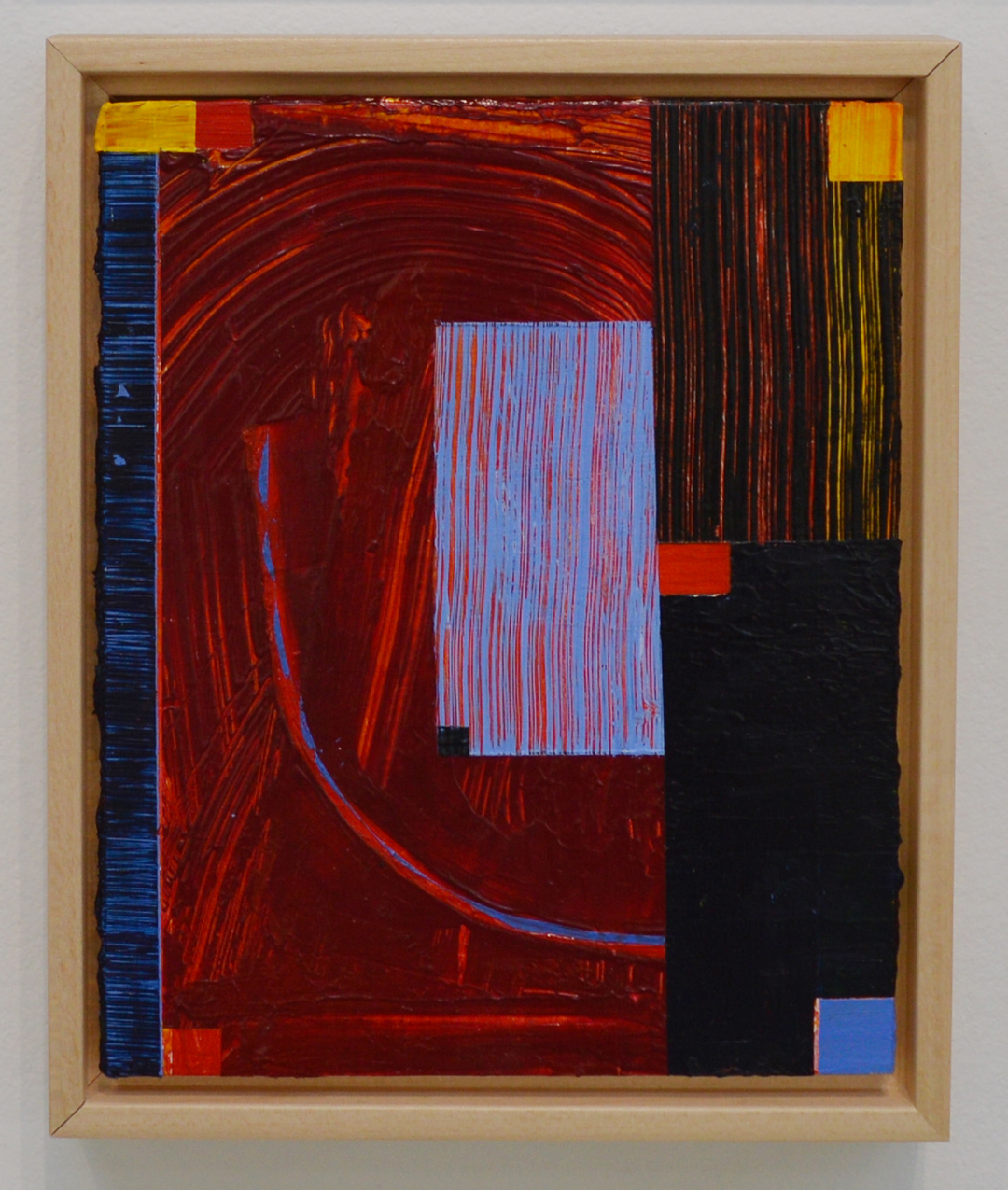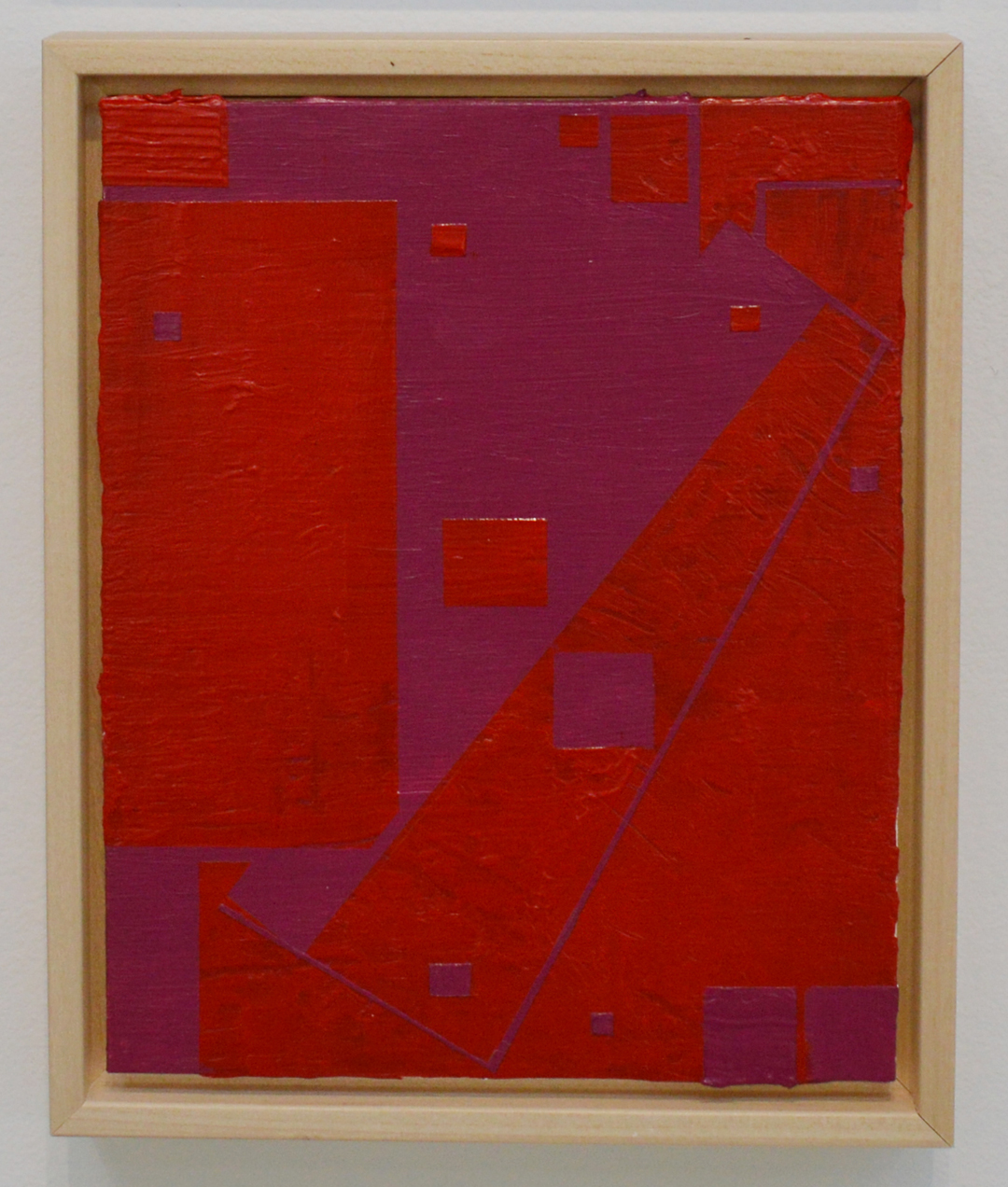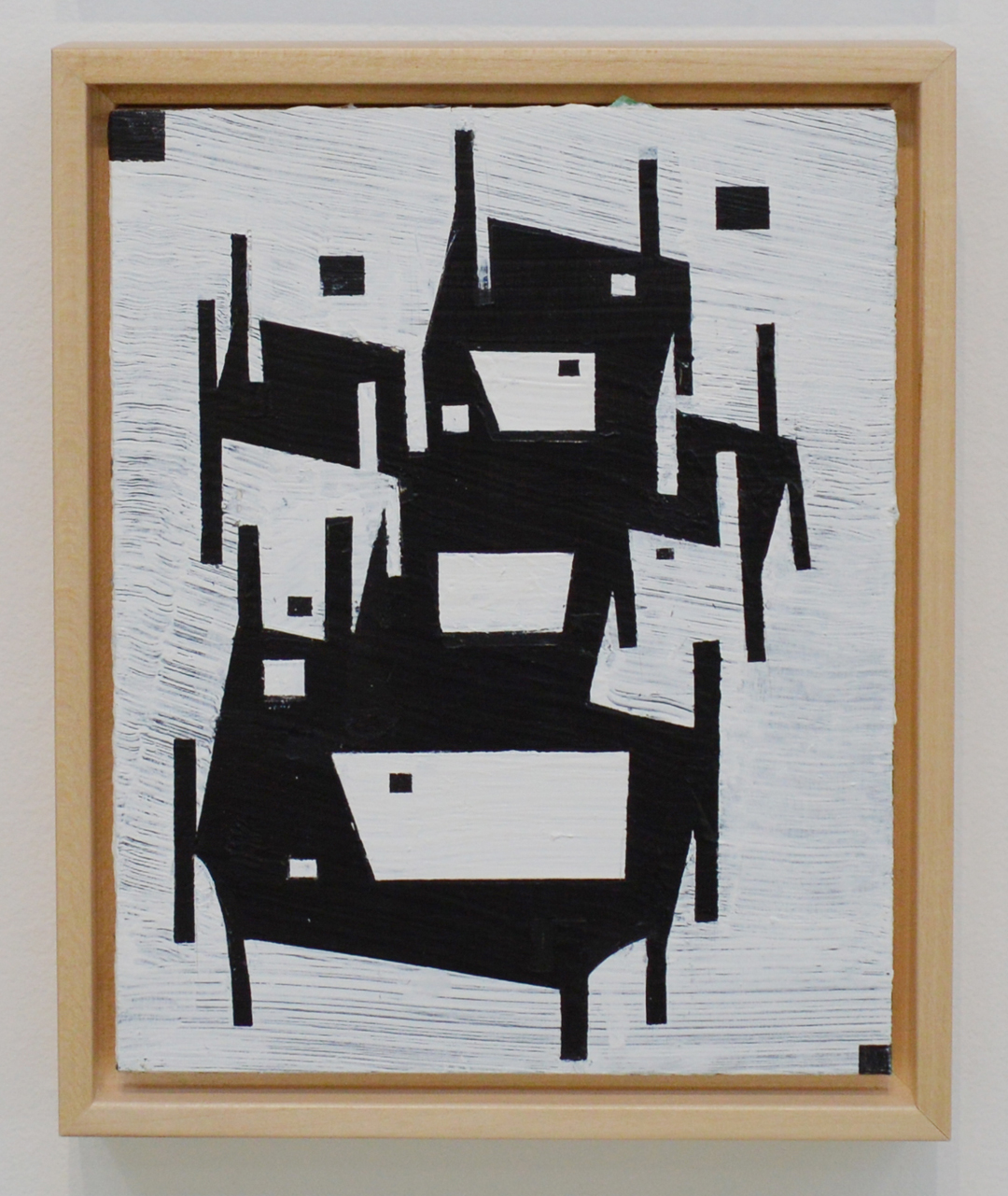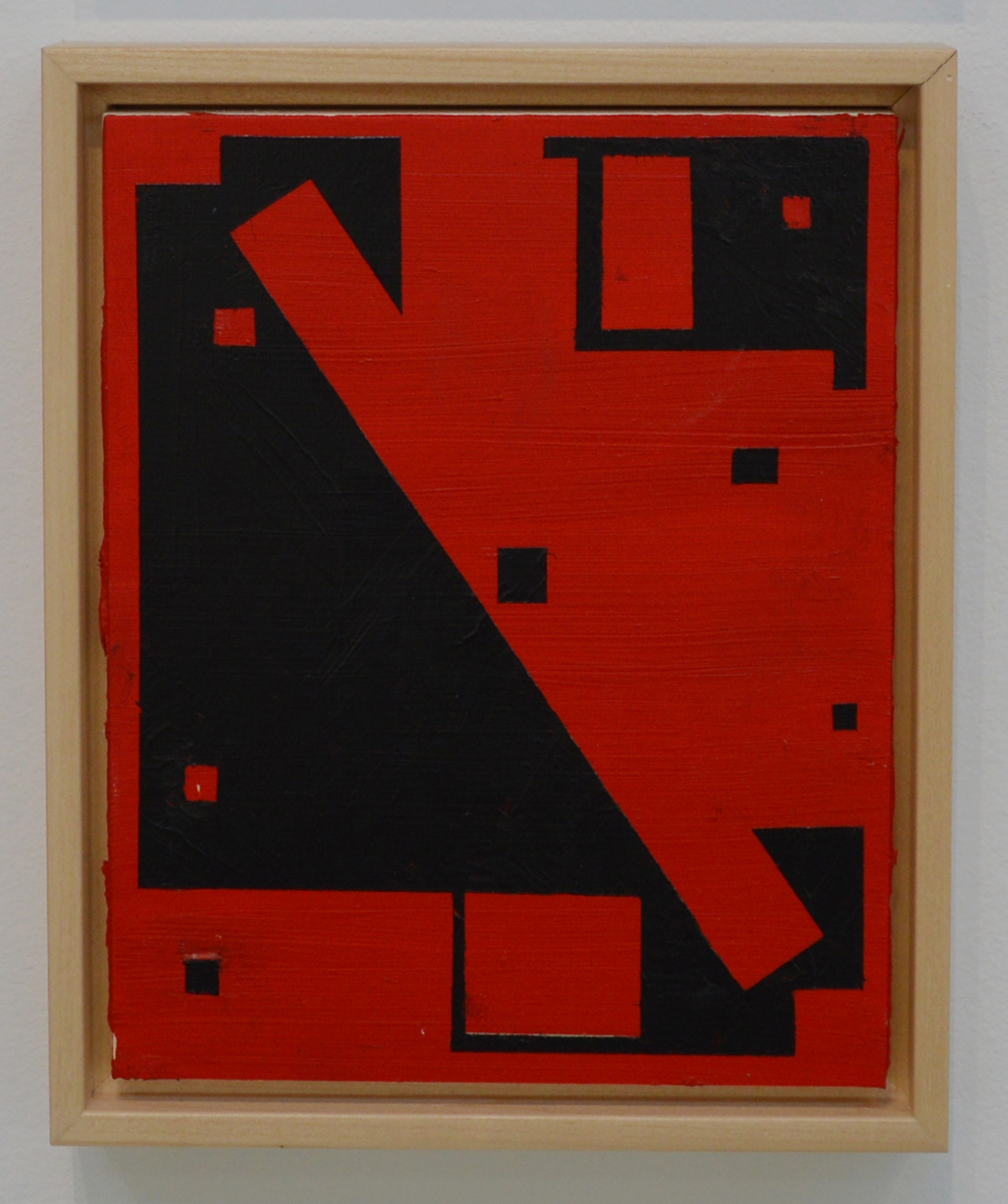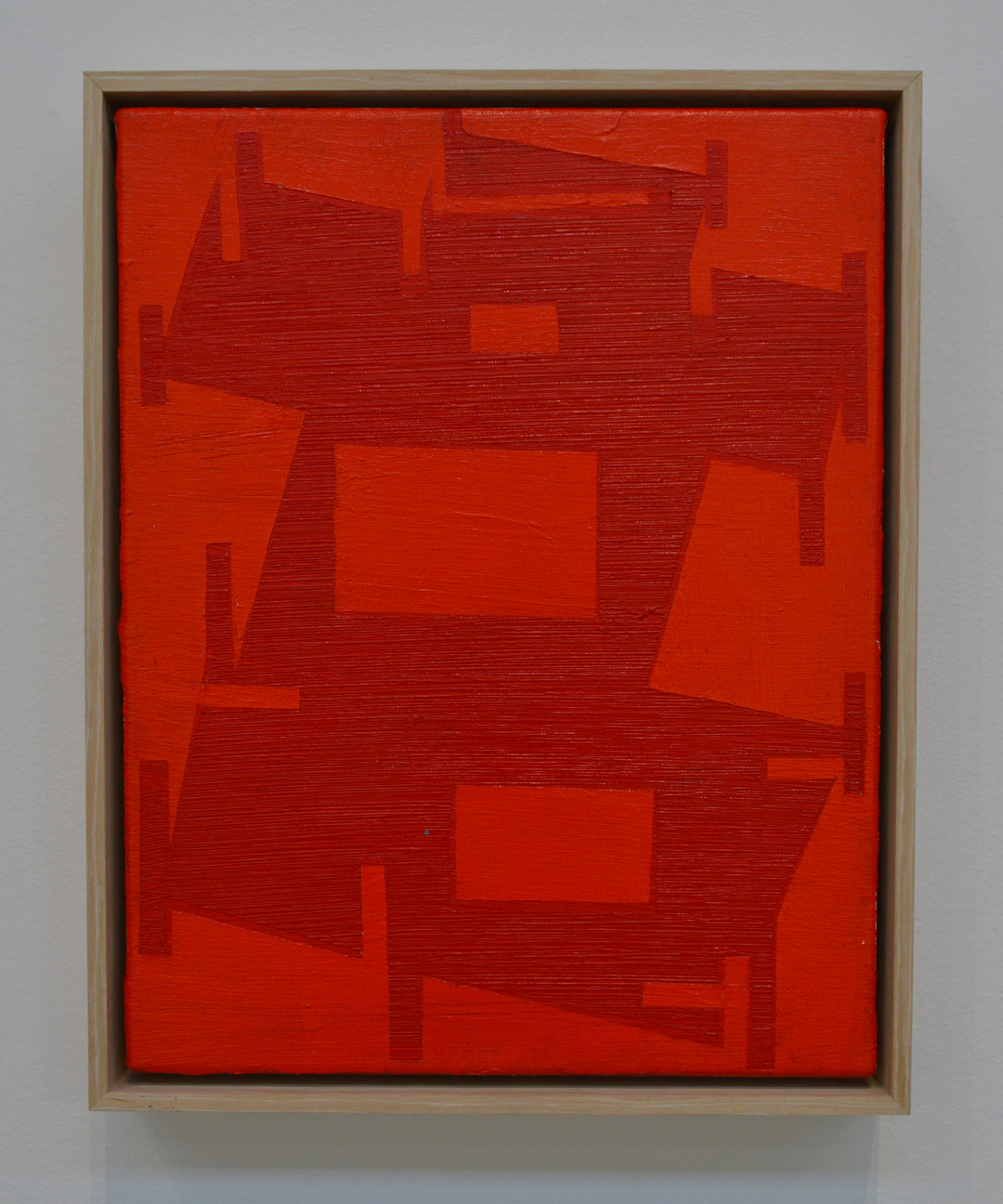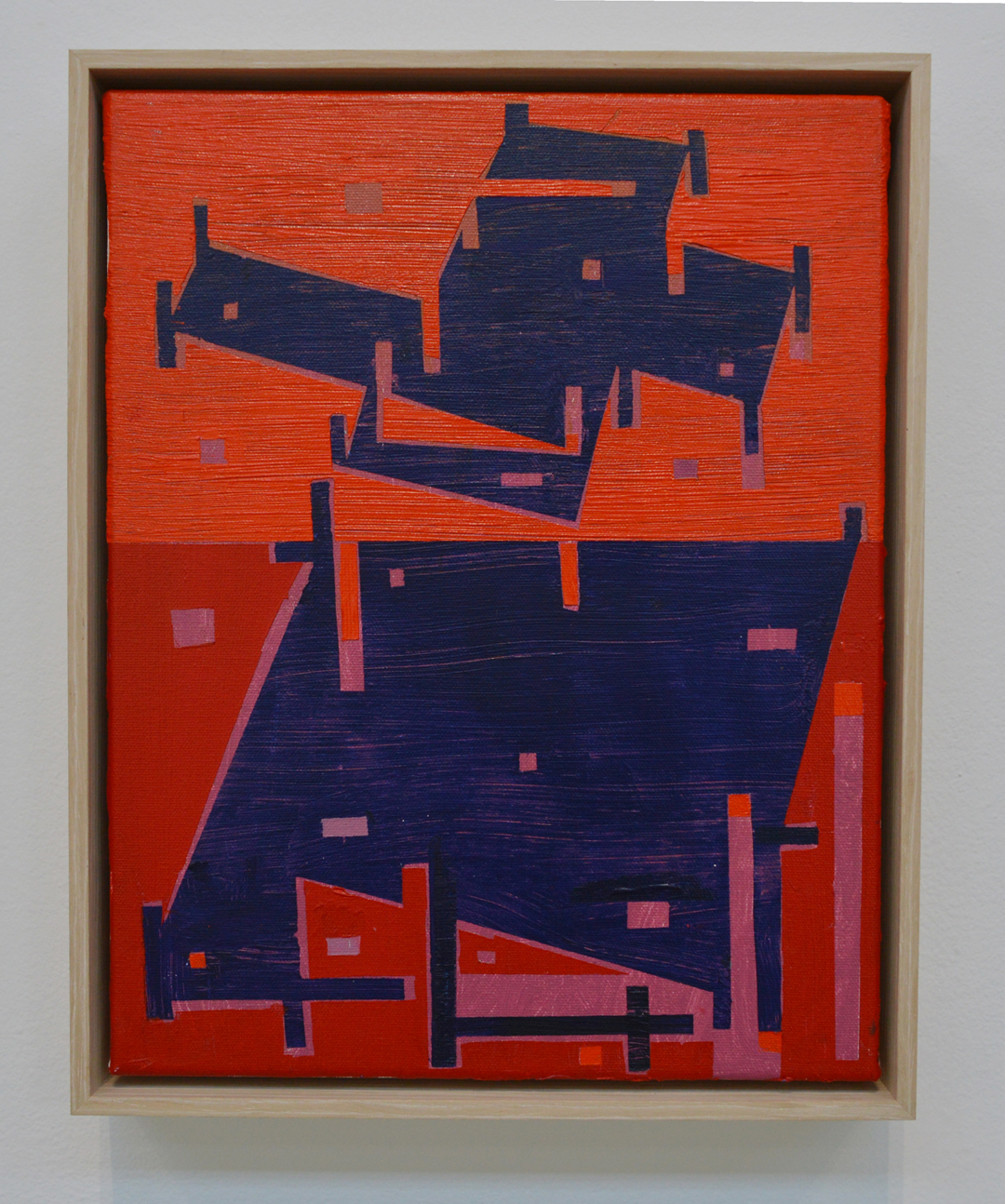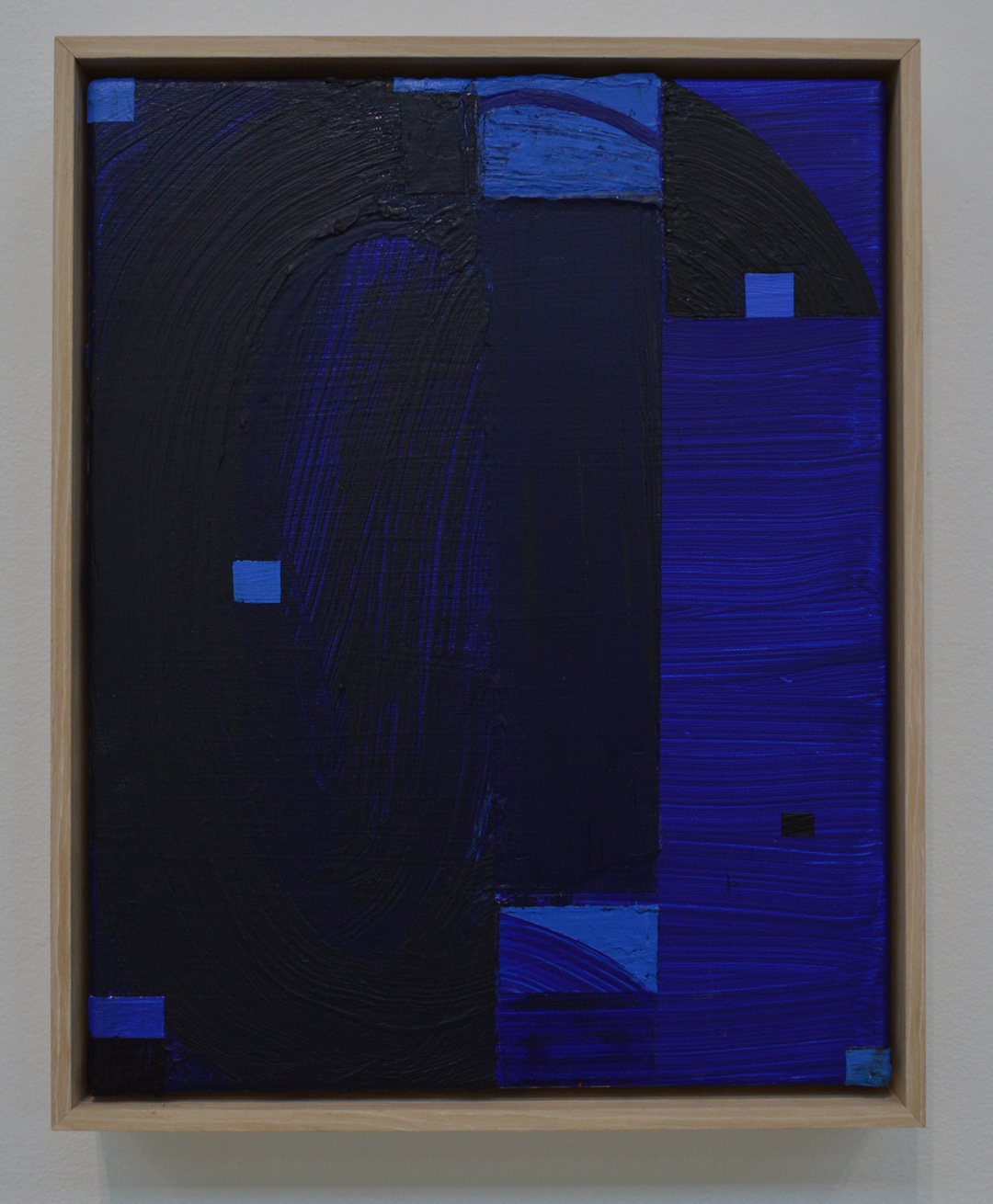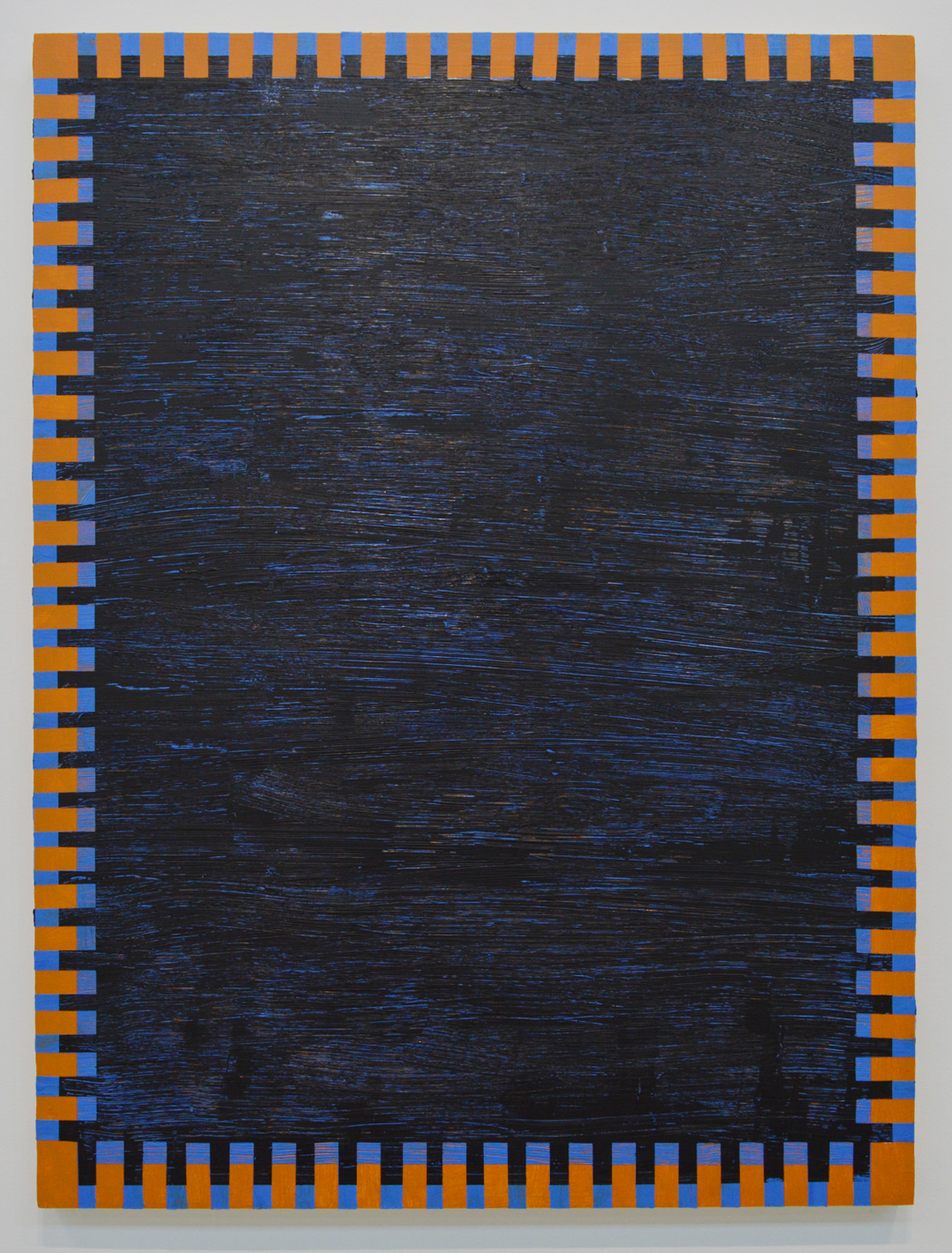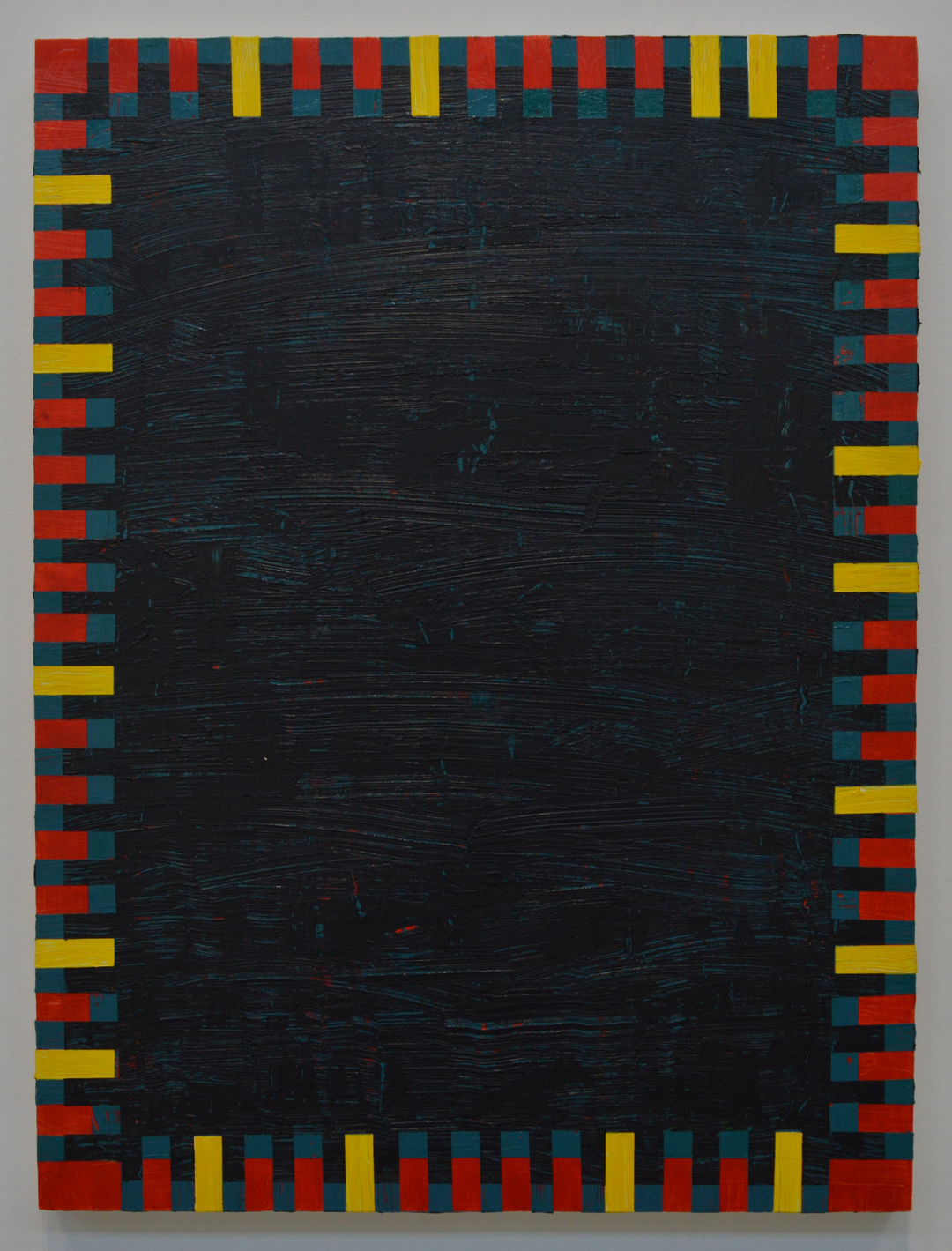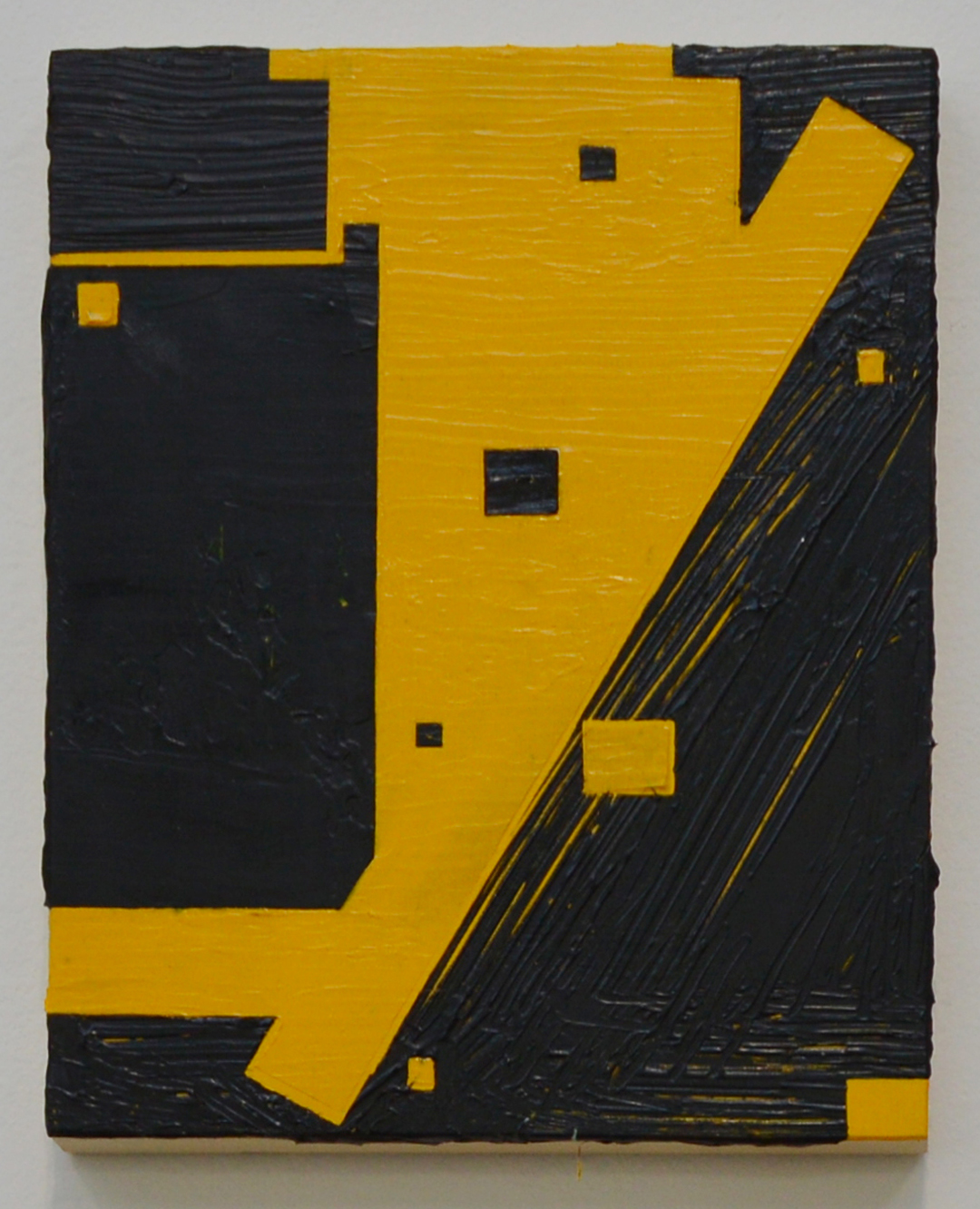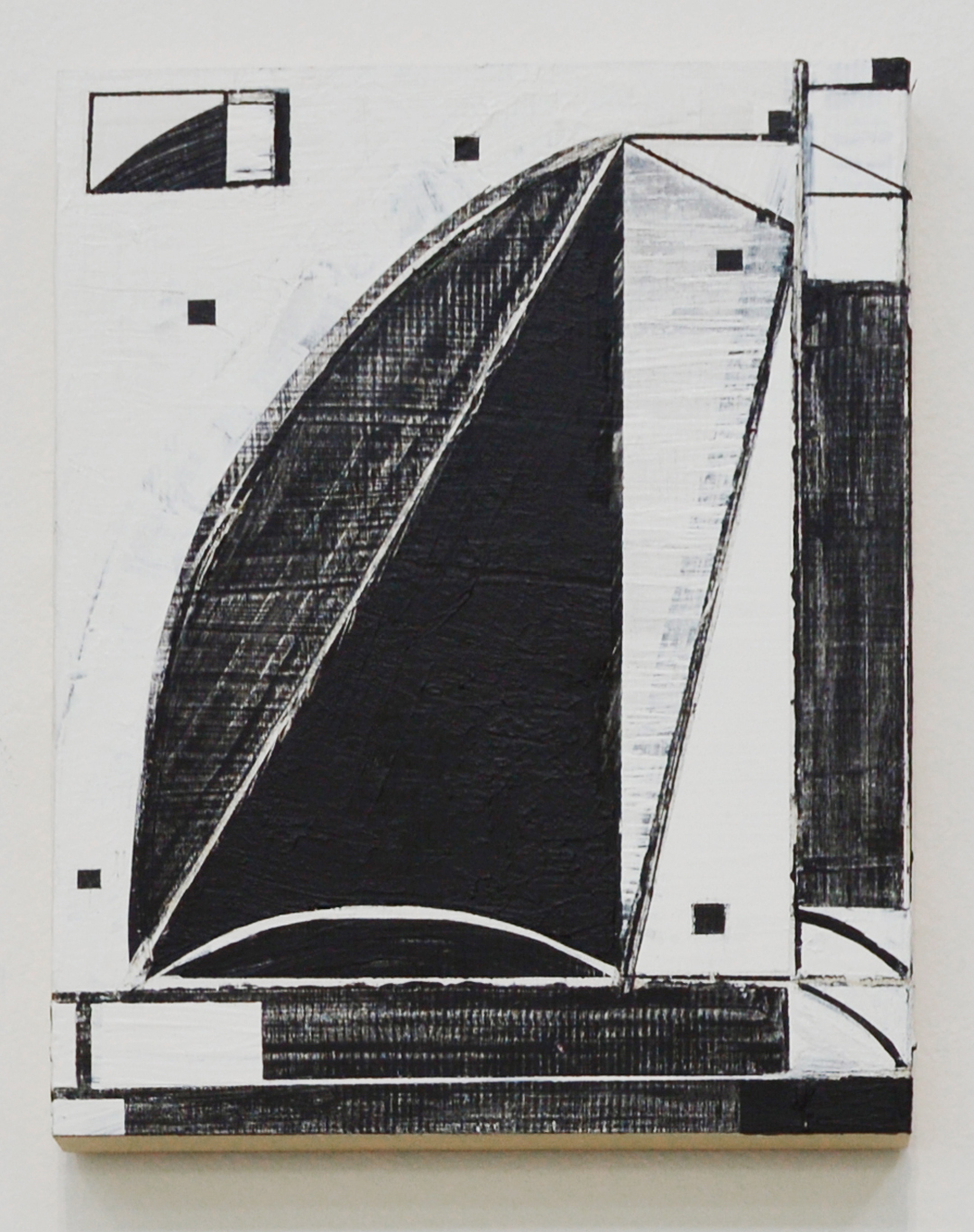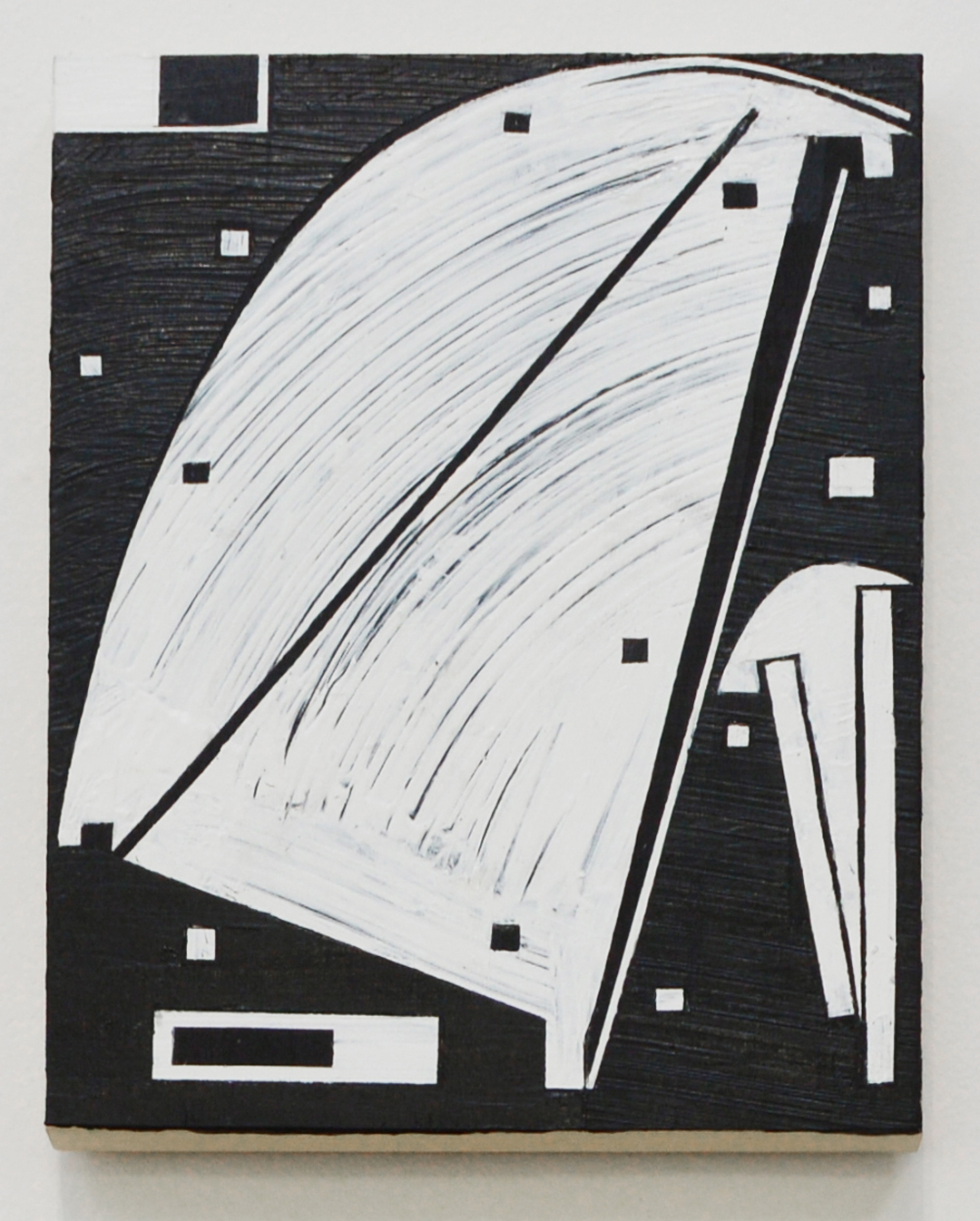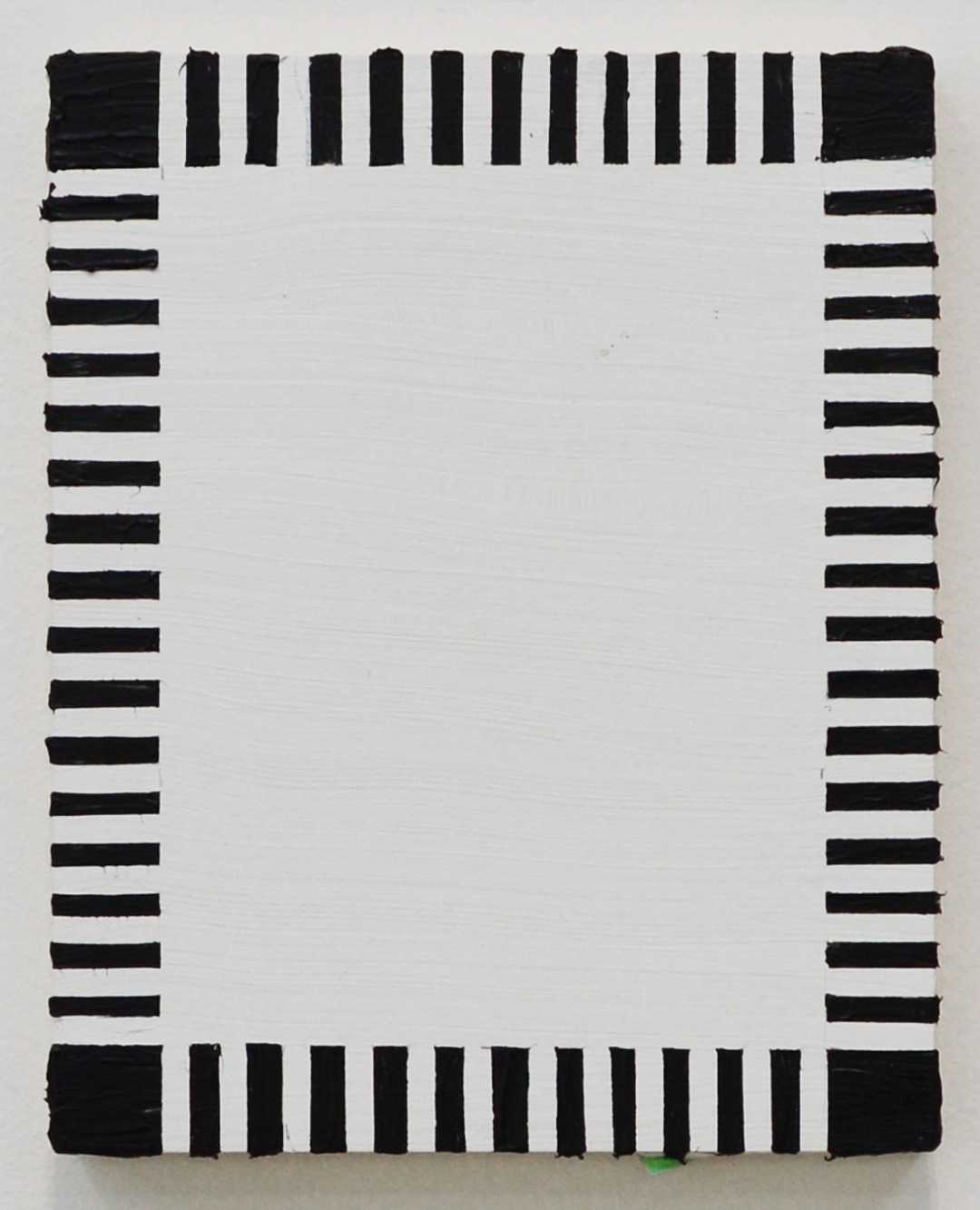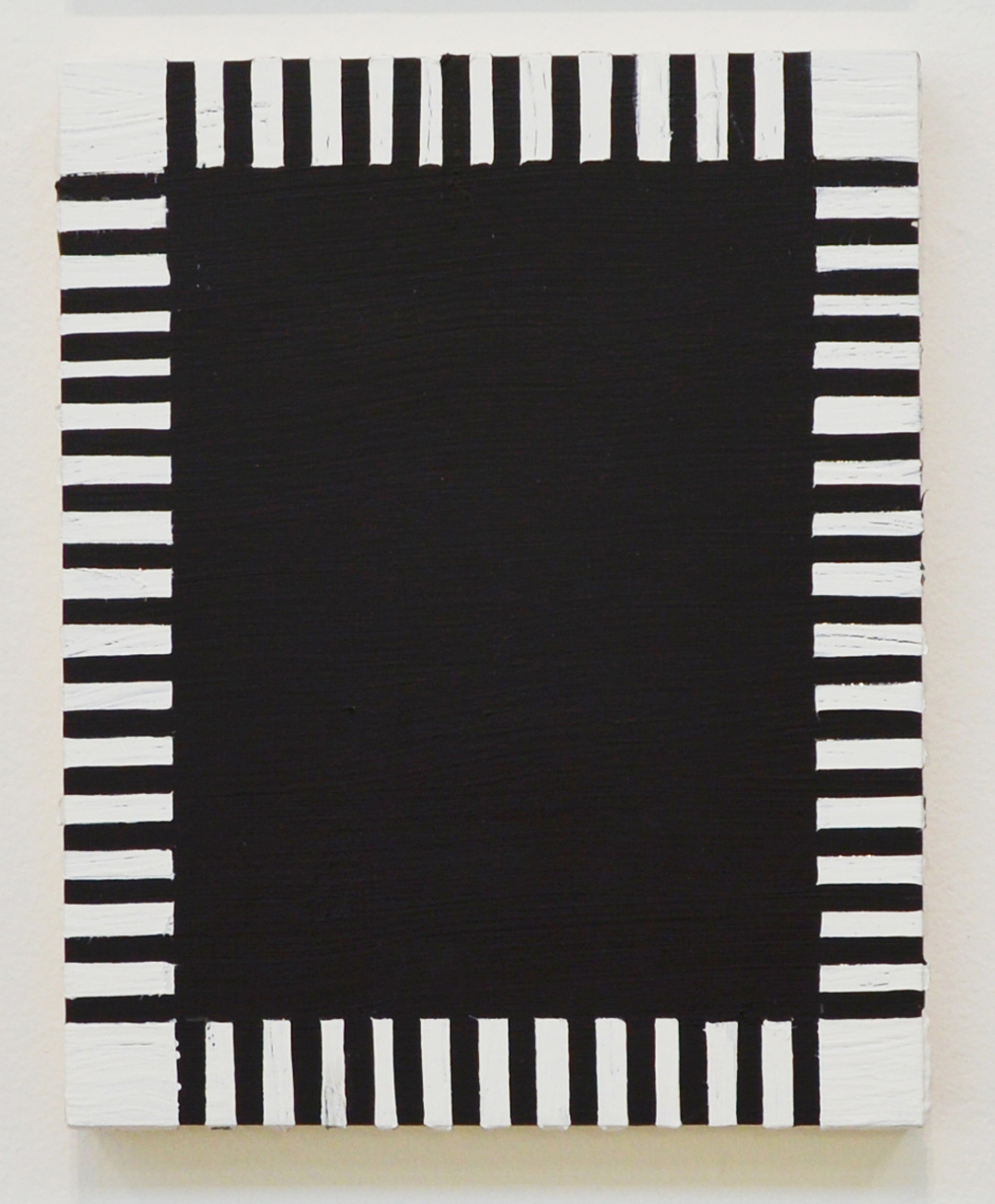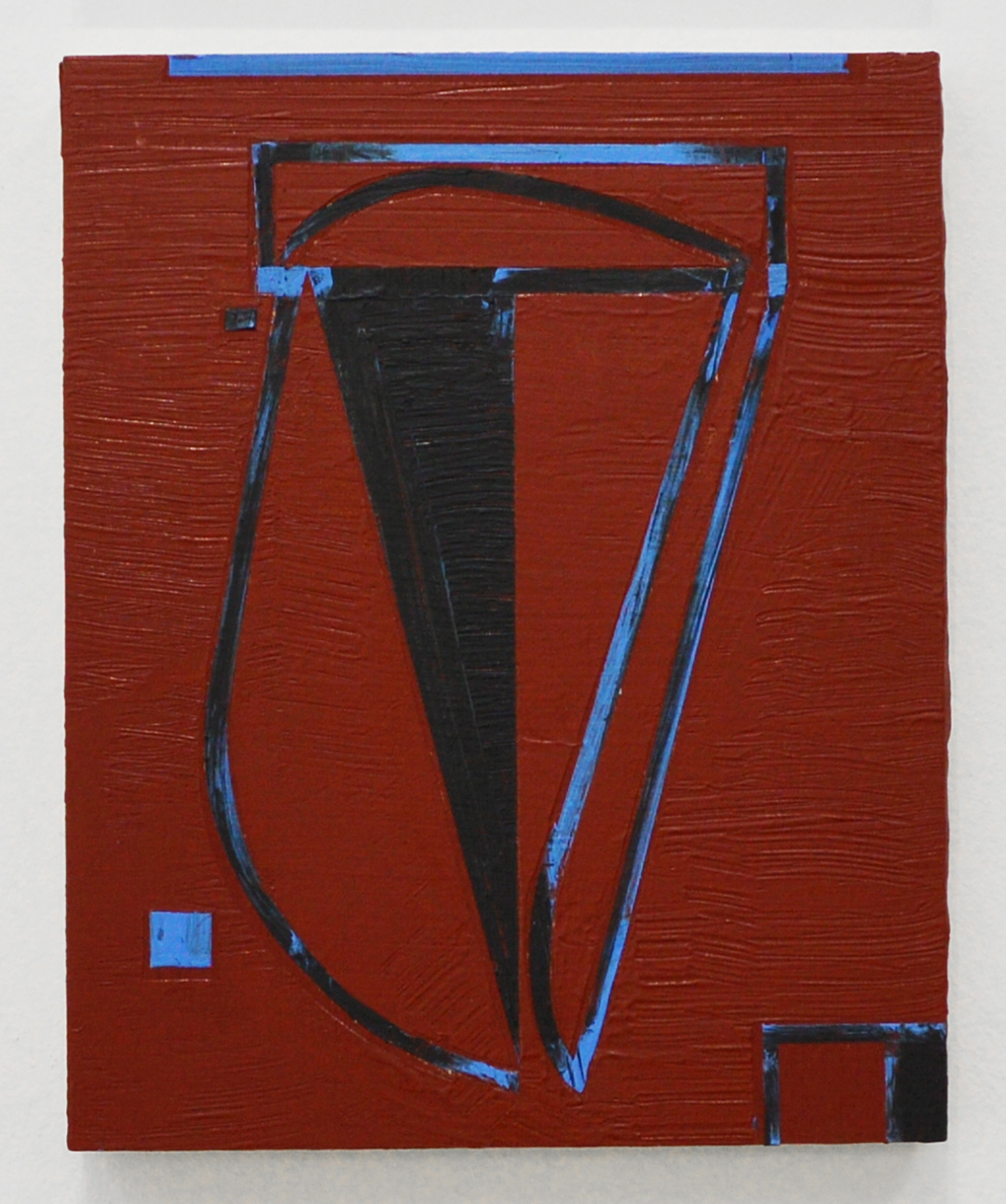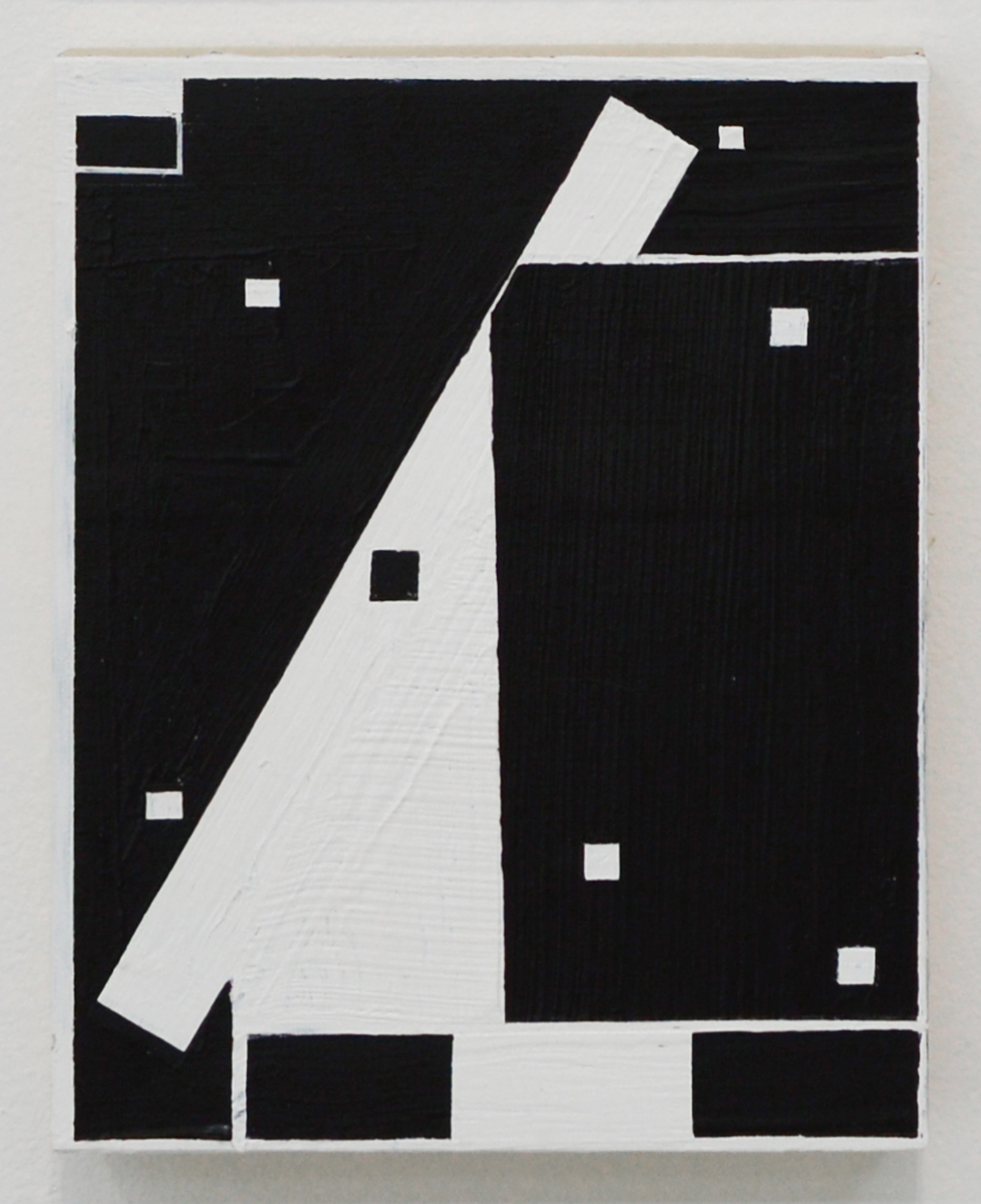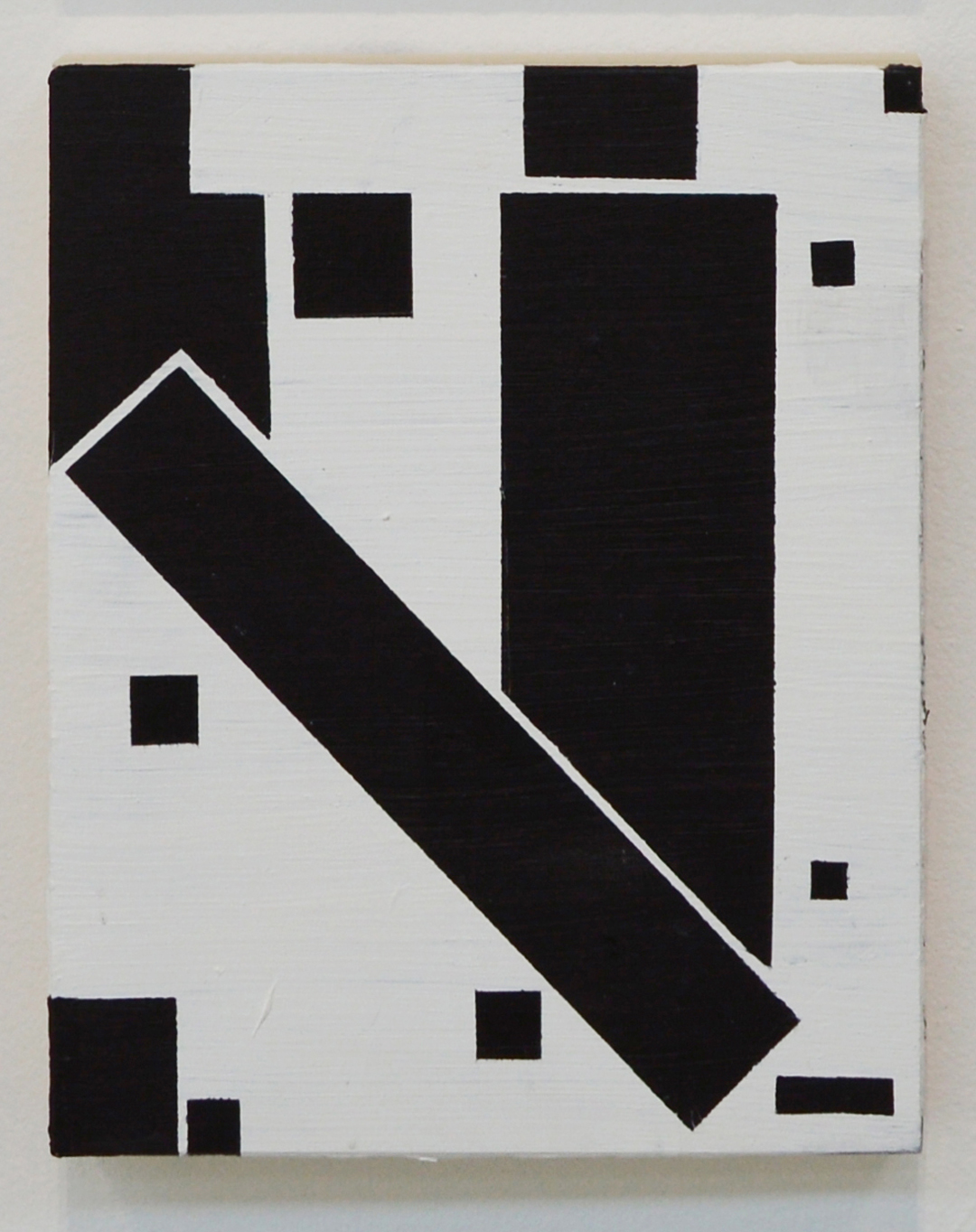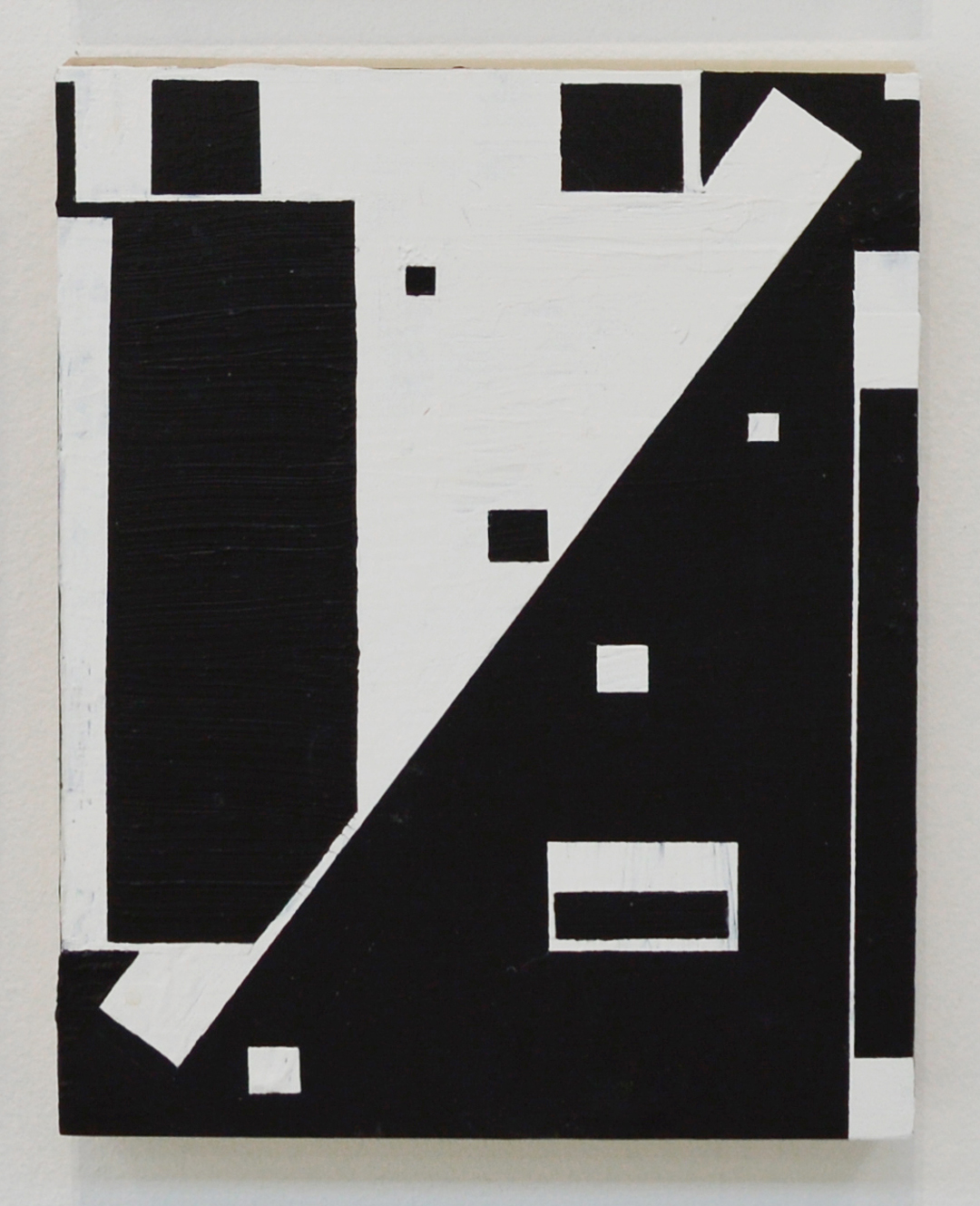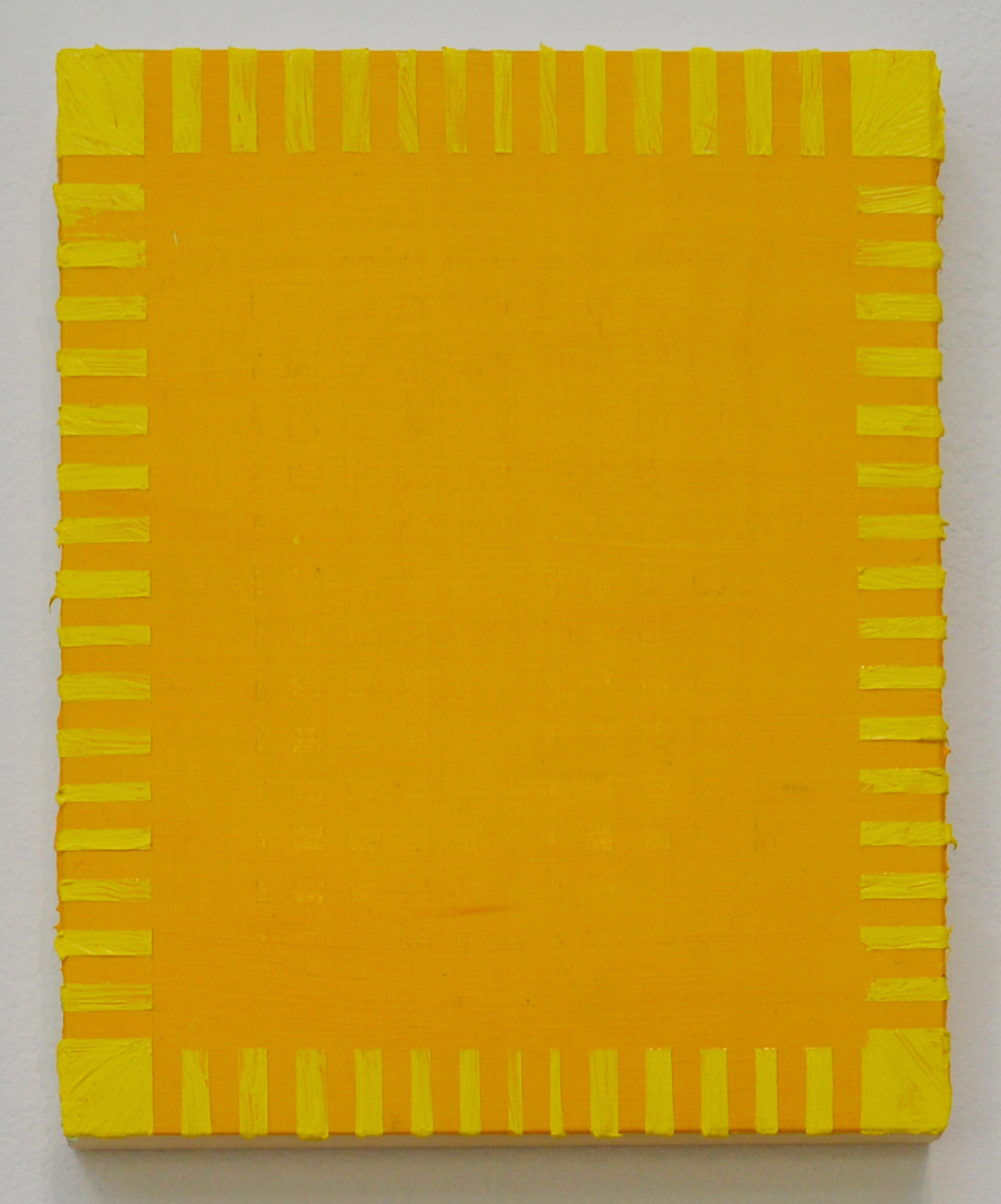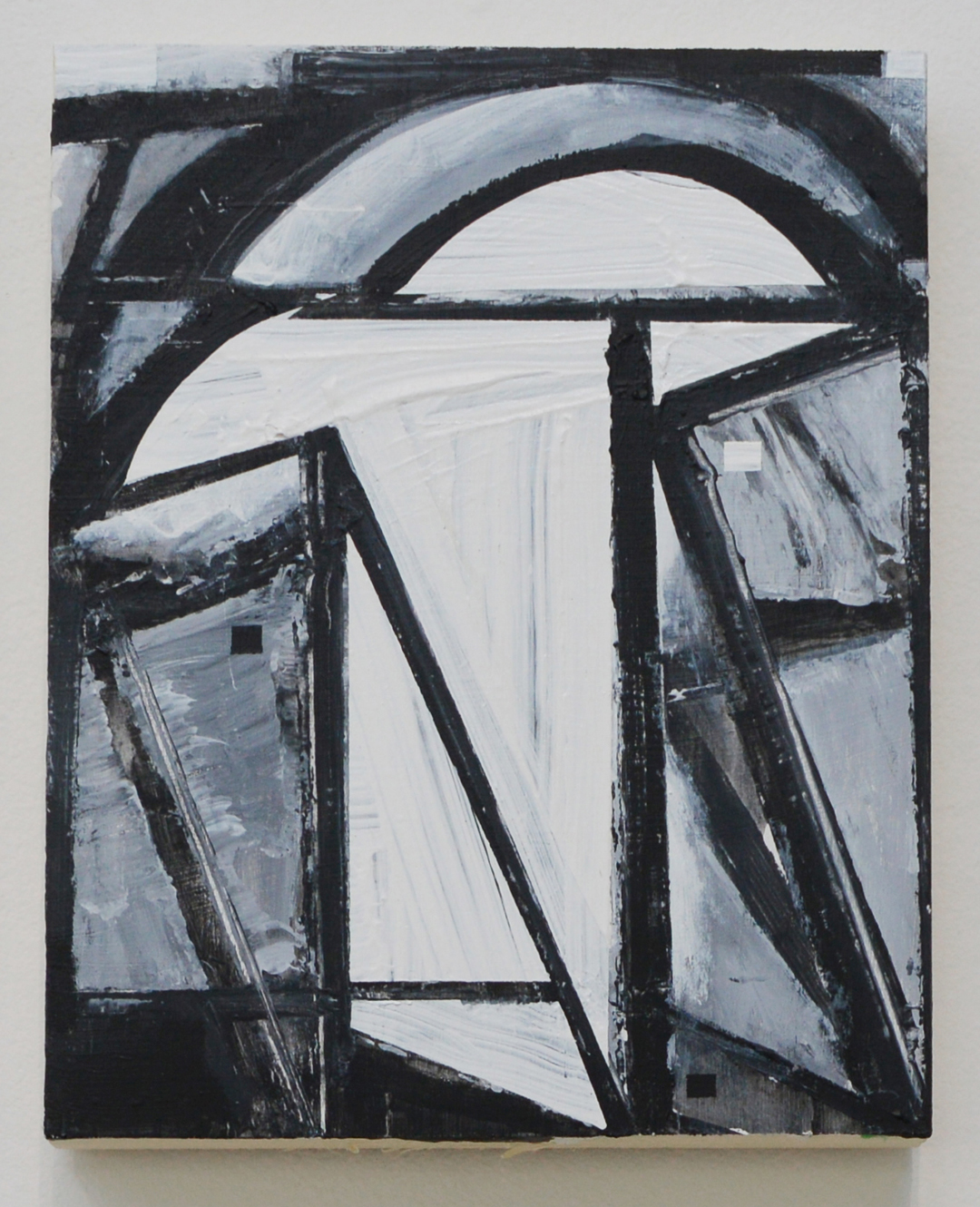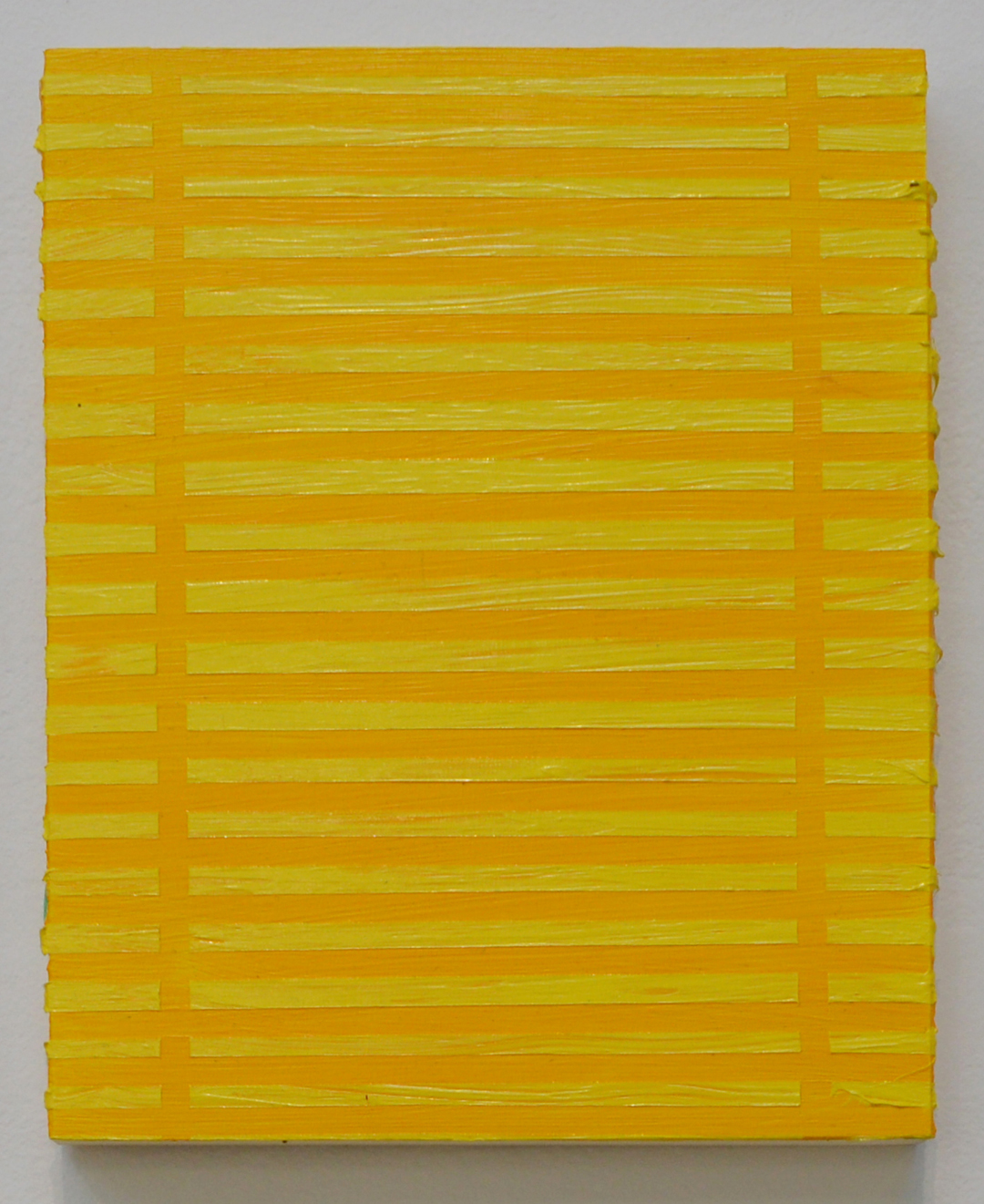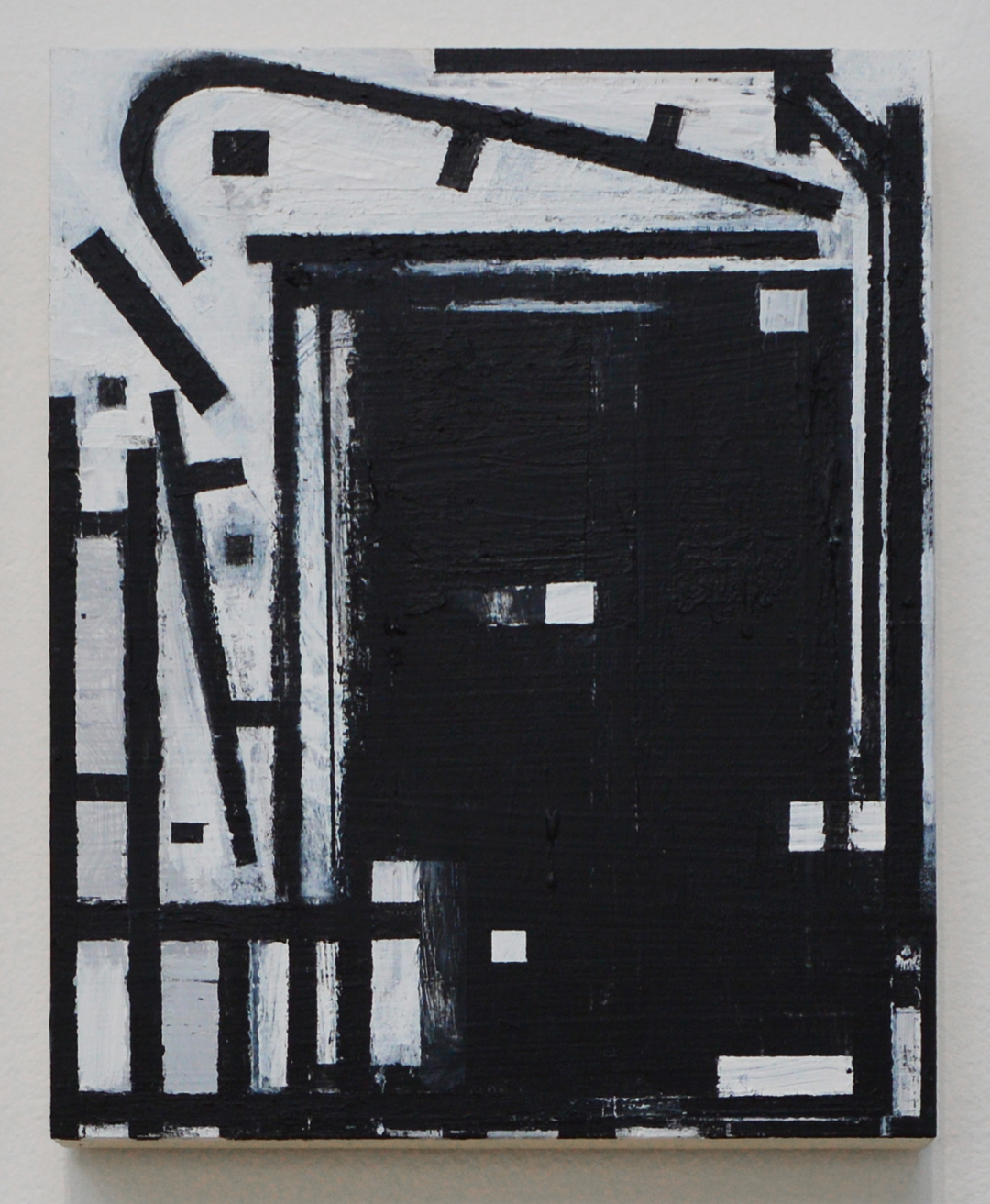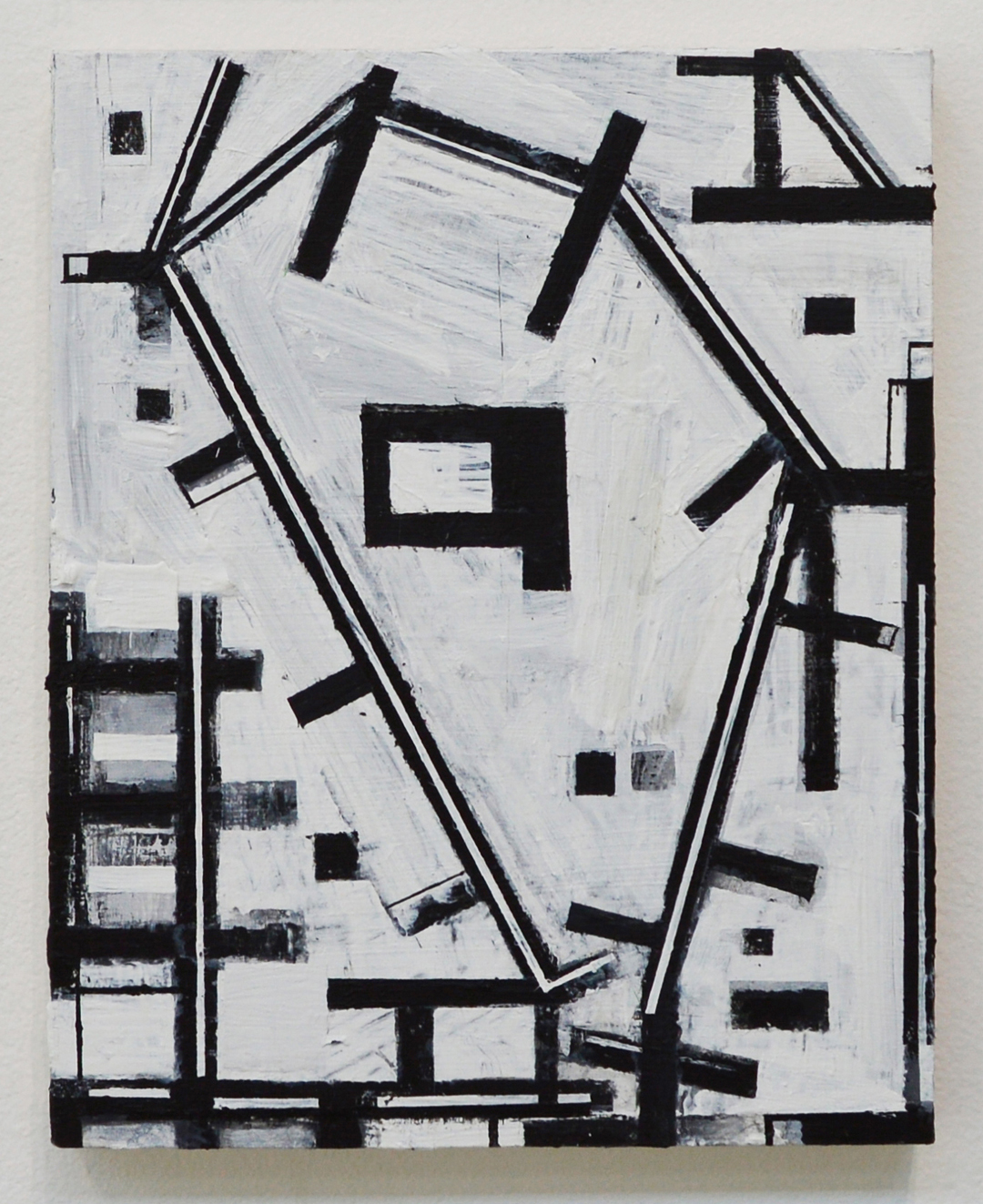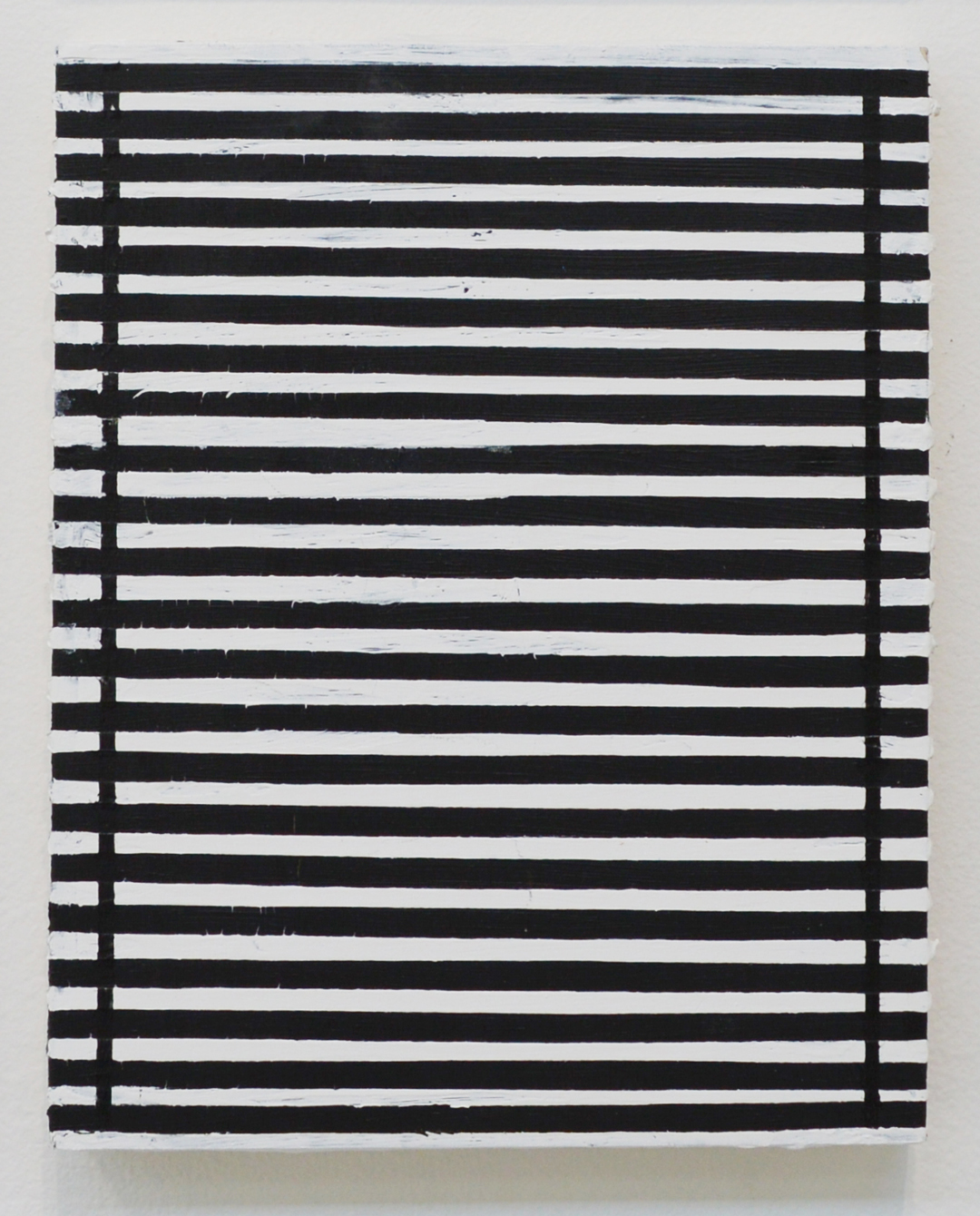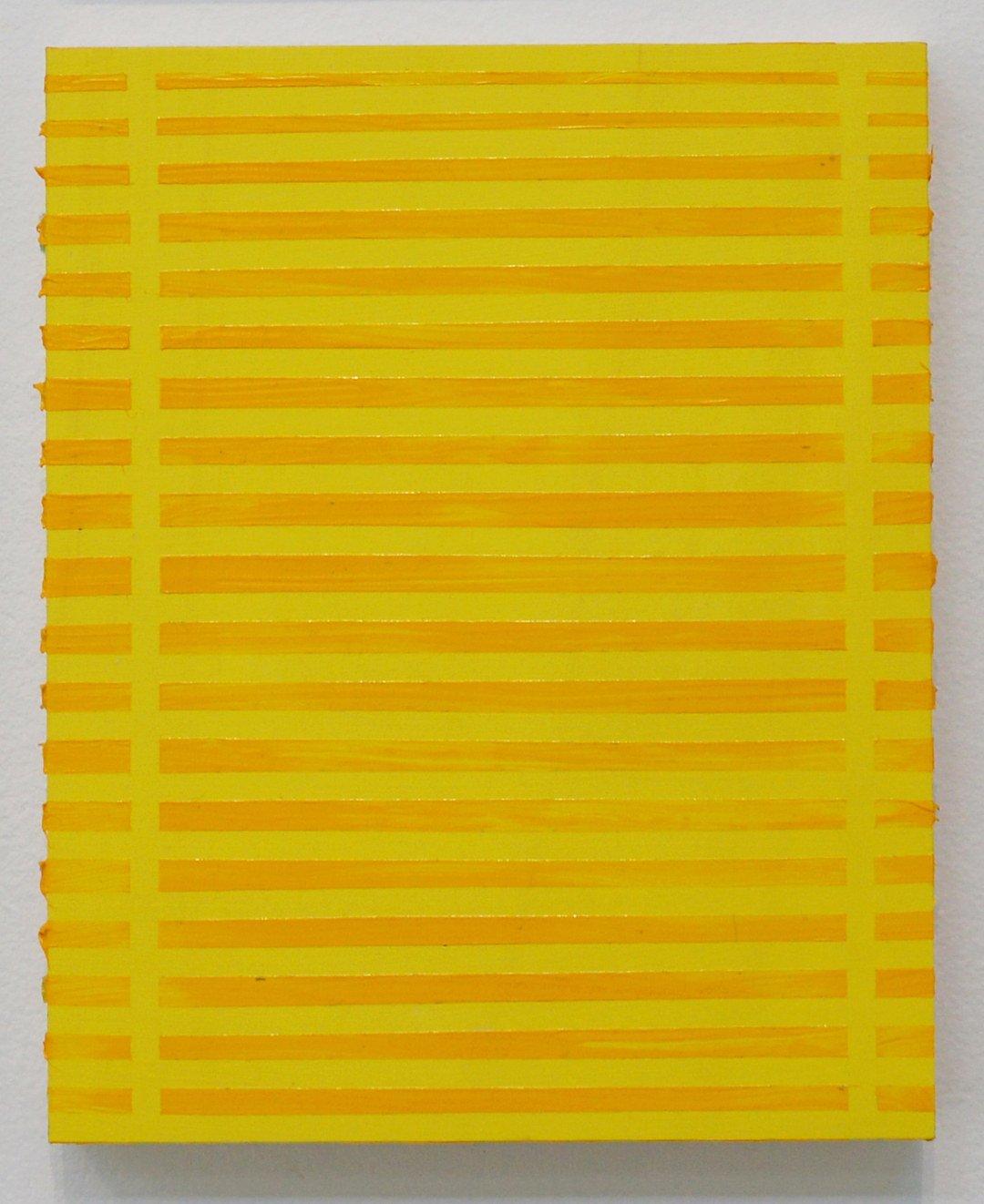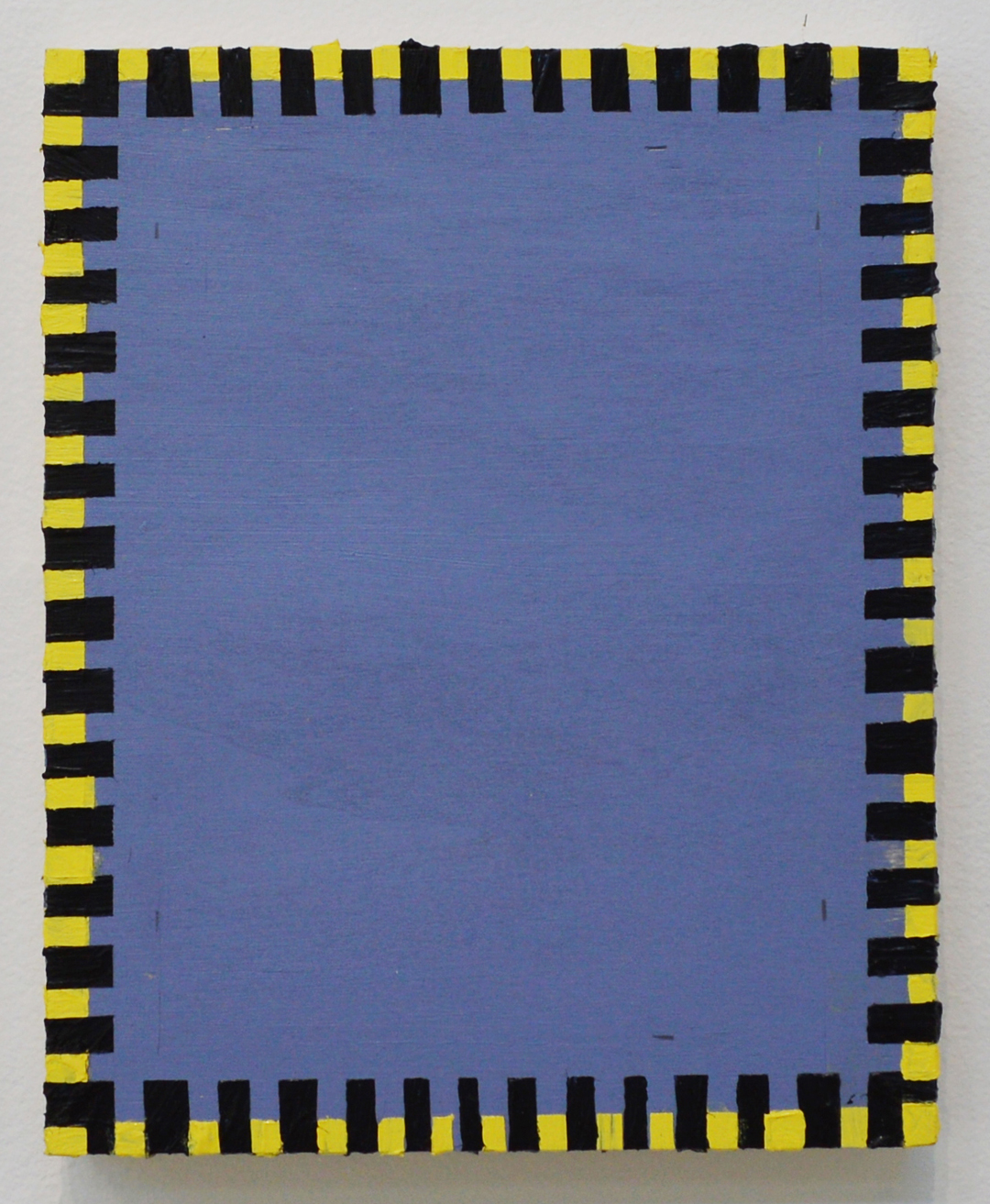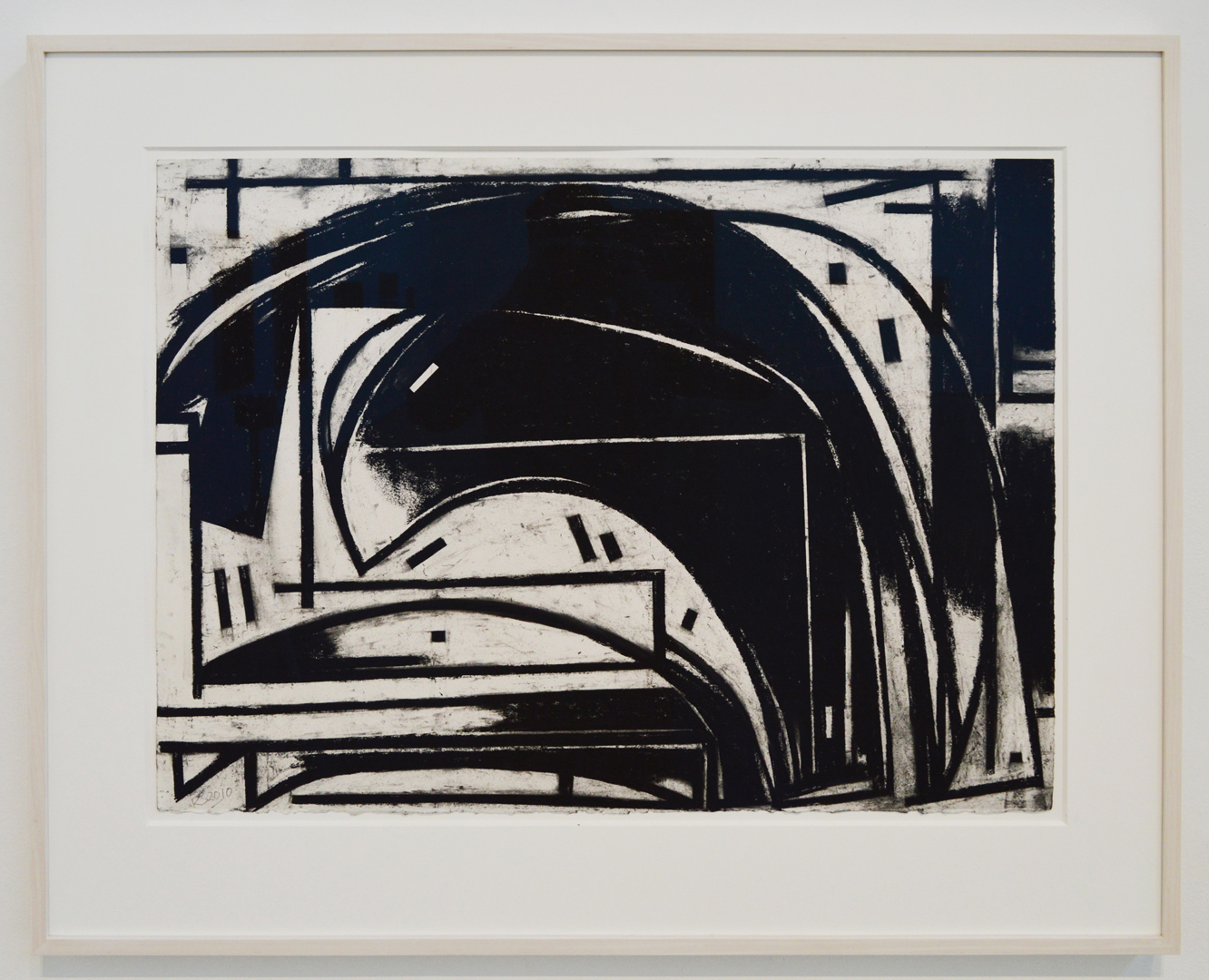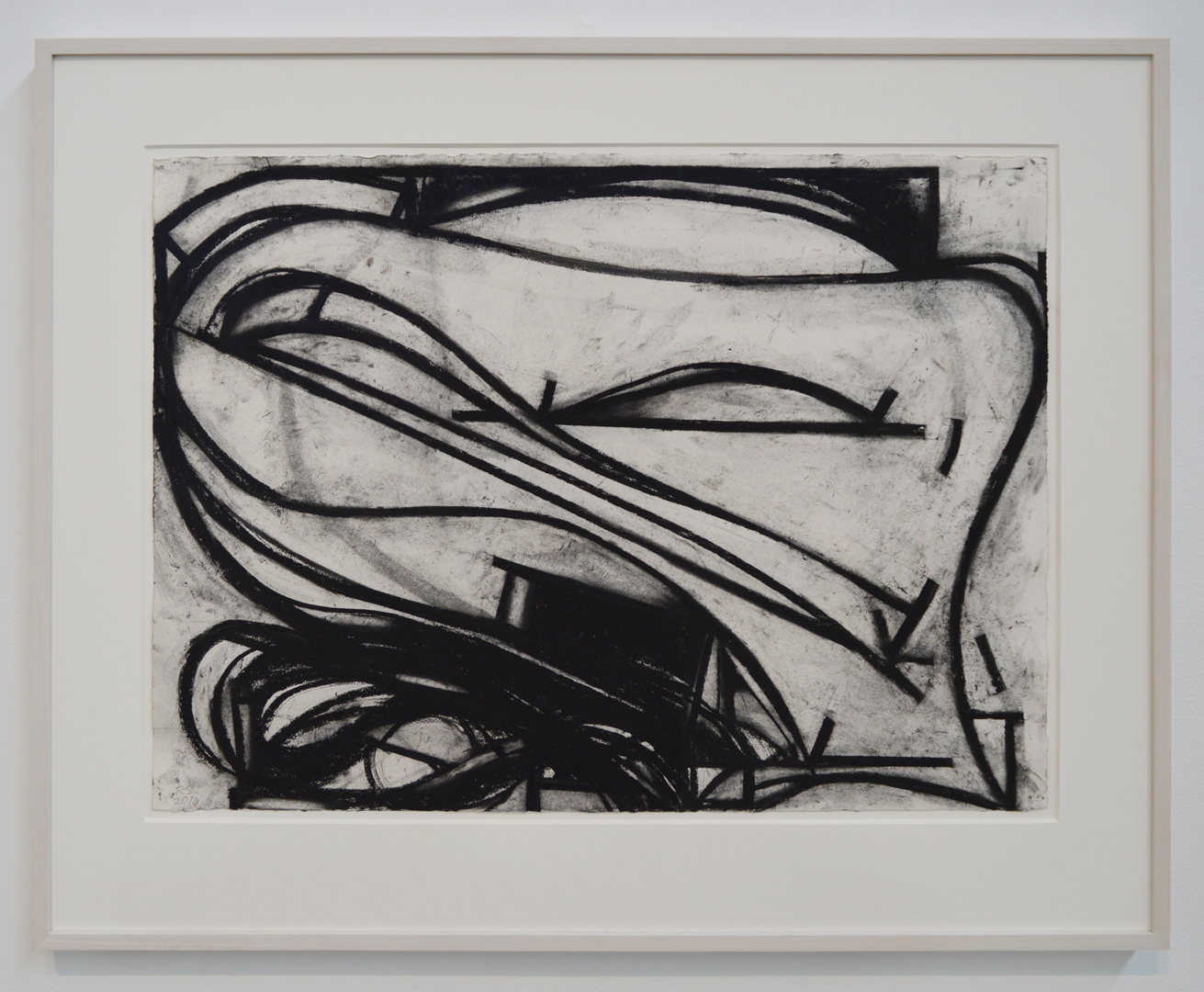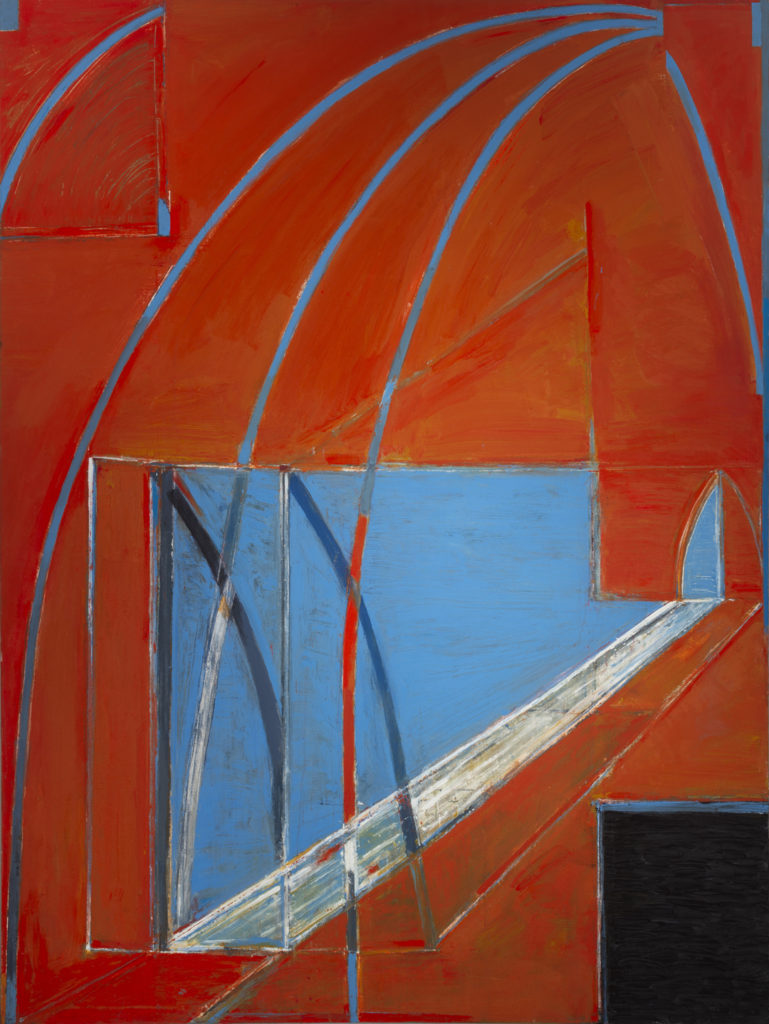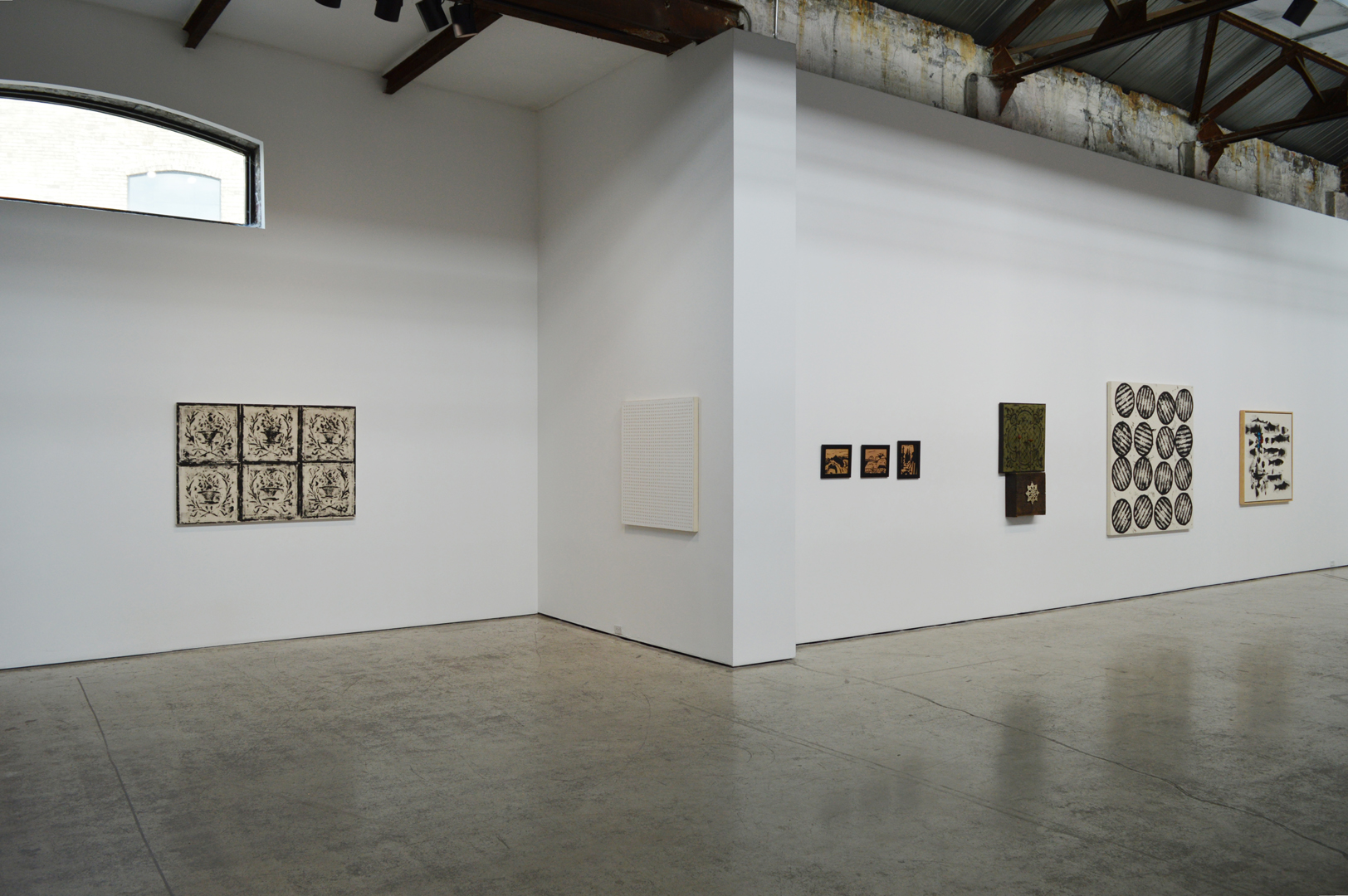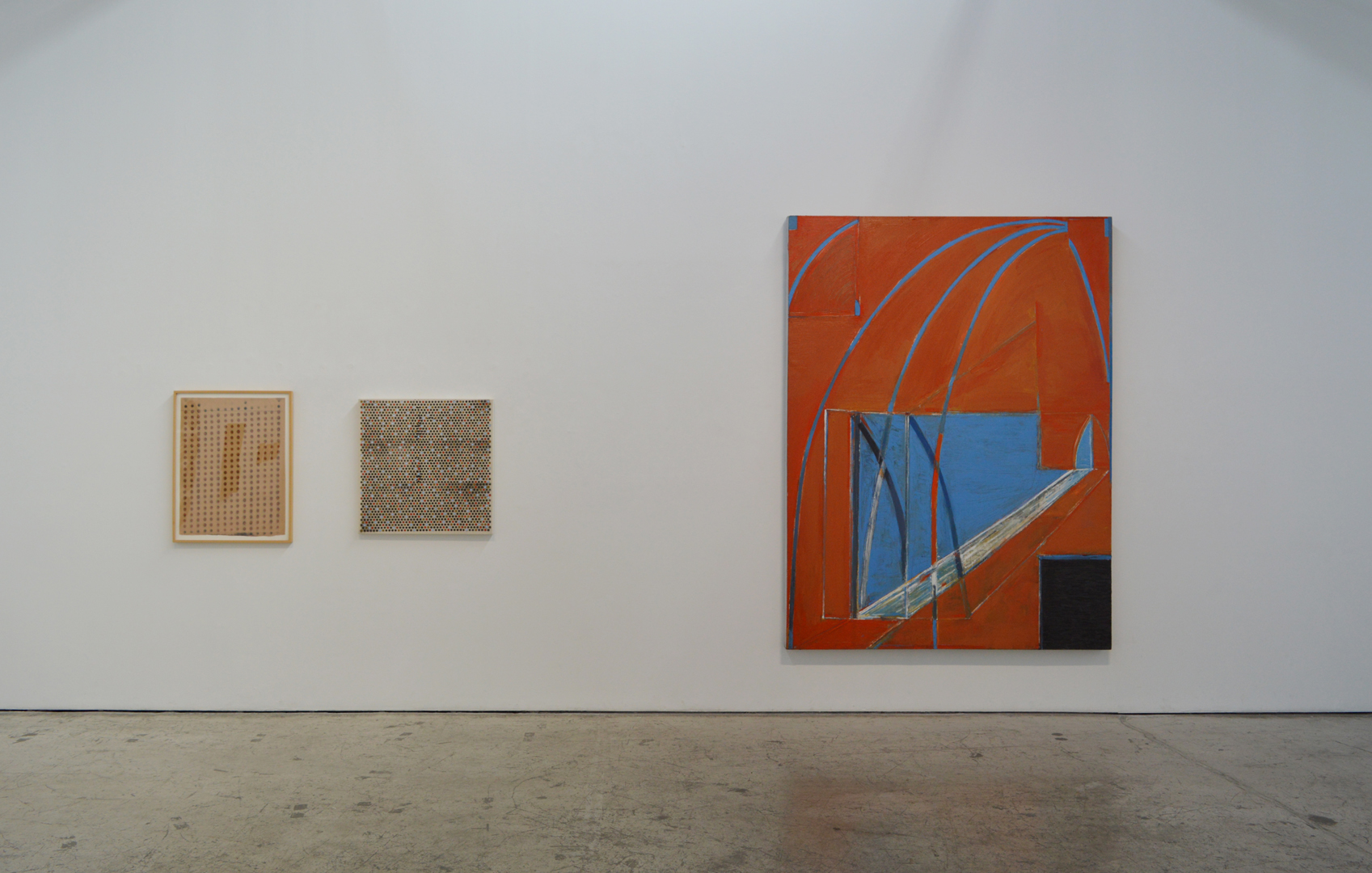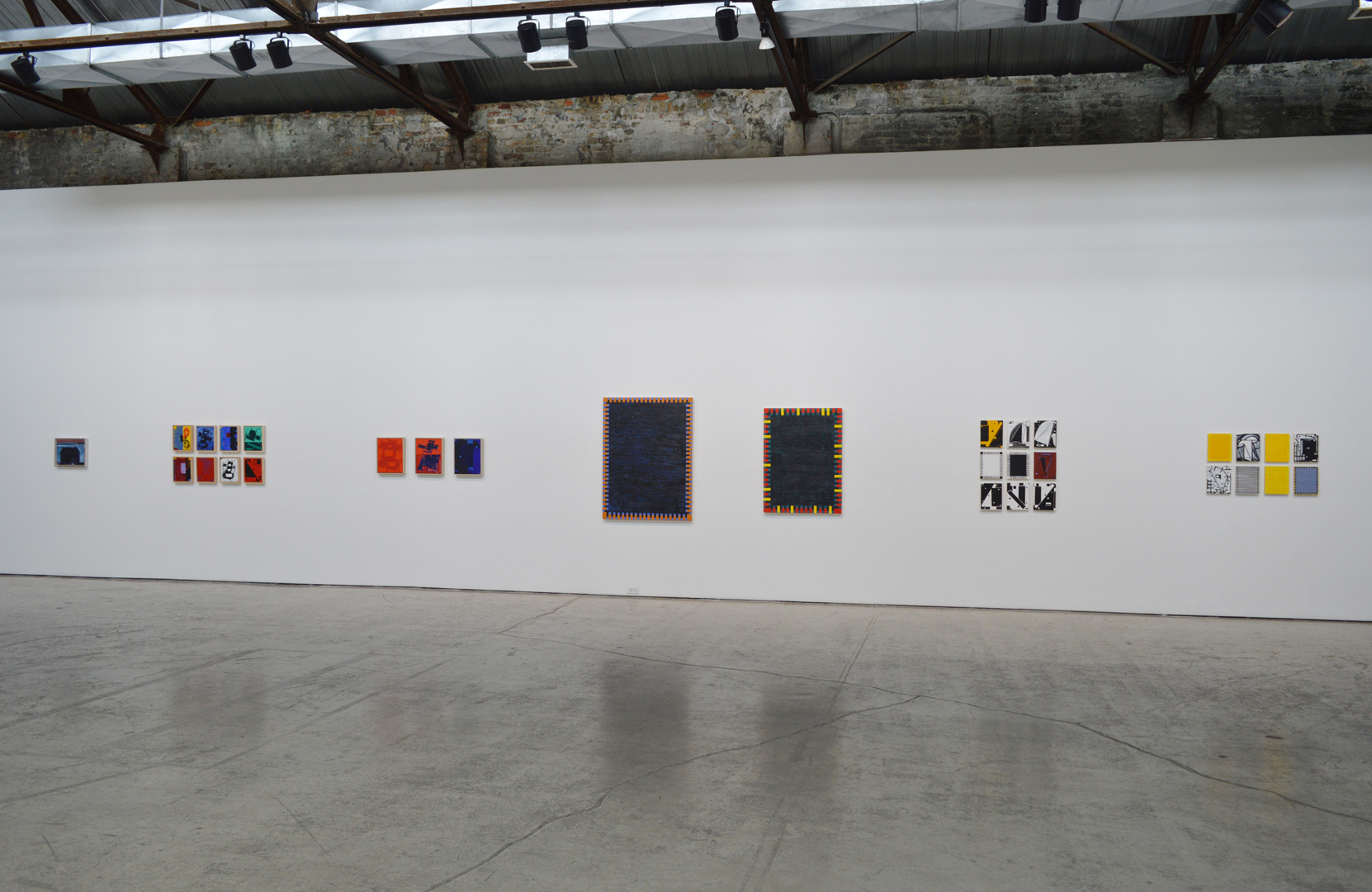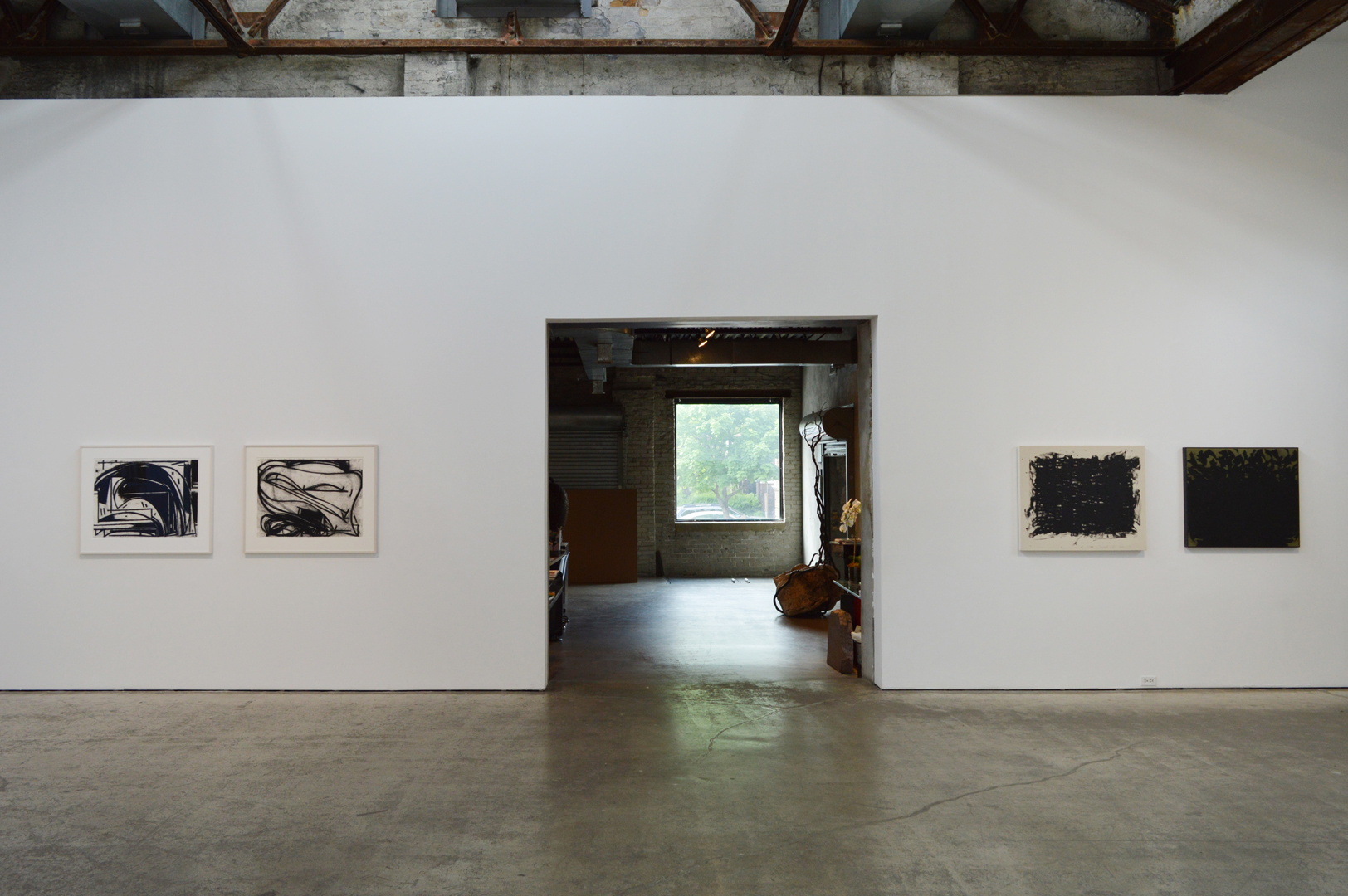Ron and Jerry’s lives and careers as artists, writers, and educators intersected again and again spanning decades, yet despite their shared history they couldn’t have been more different in practice. Both grew up in the United States and moved to Canada to take up teaching positions at art schools. They first encountered one another at the Nova Scotia College of Art and Design in the 1970s. Both artists have engaged with landscape as subject matter, both experimented with shifting their work from the two-dimensional plane of the page and canvas to sculptural constructions and both oeuvres show a strong inclination toward monochromatic work. This may be where the similarities end.
Ron is a serious academic and historian whose research, writing, and teaching have informed his decades of serious art practice. Painting and drawing is his means of reflecting on life experiences, of building connections between the emotional and physical realms. His work navigates the path between his intuition, imagination, intellect…and the hand that guides the brush to the surface of the canvas. Mark-making is, for Ron, an analytical process that is informed as much by his extensive knowledge of the great 20th Century modernists as by his own experiences, feelings and imaginings. His most iconic form, the Monkey Rope, is inspired by a chapter in Moby Dick. The Monkey Rope was a means by which sailors tied themselves to the boat and to each other in bad weather. True to Ron’s artistic methods, the twisting forms rendered in acrylic or charcoal are an abstracted interpretation of this knot, his emotional response to the metaphor of the chapter…in life, we are bound by the ones we love, we keep each other safe, we make each other strong.
Jerry, while equally informed by the same canon of art history was besieged by it and waged his own revolt against the regime of tradition and reverence toward academia. His was a working class practice influenced by the region of his adoptive province and the folk art traditions that abound there; where materials are sourced from the hardware store rather than an art supply. While Ron has worked tirelessly to develop an oeuvre that respects the intellectual and aesthetic legacy of 20th Century modernist painters, Jerry has, in equal measure, worked to subvert it. If Ron is the classic academic historian…Jerry was the pirate. His method was unemotional and process-oriented, plundering art practices to make works which looked like clichéd Canadian landscape or a Readymade or abstract expressionism, but was always made in mockery of what he felt was the pretentiousness of painting. He worked with black enamel to avoid the possible interpretations that come with using colour. He would place various utilitarian items (ropes, chain, draincovers, trash can lids) on the floor of his studio and roll paint onto the canvas draped over them. He wanted the viewer to bring all of their beliefs and biases to the work, to look at it actively, to interpret and reinterpret…only to have all of it stripped away when they read the label: 400ft of rope.
Ron and Jerry traversed the landscape of Canadian contemporary art, and changed it’s topography as they went. Their accomplishments as contemporaries showcase two distinct sides of the post-modernist movement. Each artist has had a massive impact on the future of contemporary Canadian art and the hundreds of young artists who were mentored by them. Together in this exhibition, it’s obvious that they share the vocabulary of their mutual history, romance and satire side by side.
Opening Reception
June 7, 2018 6:00 pm – 9:00 pmArtist Links
Included Artworks
